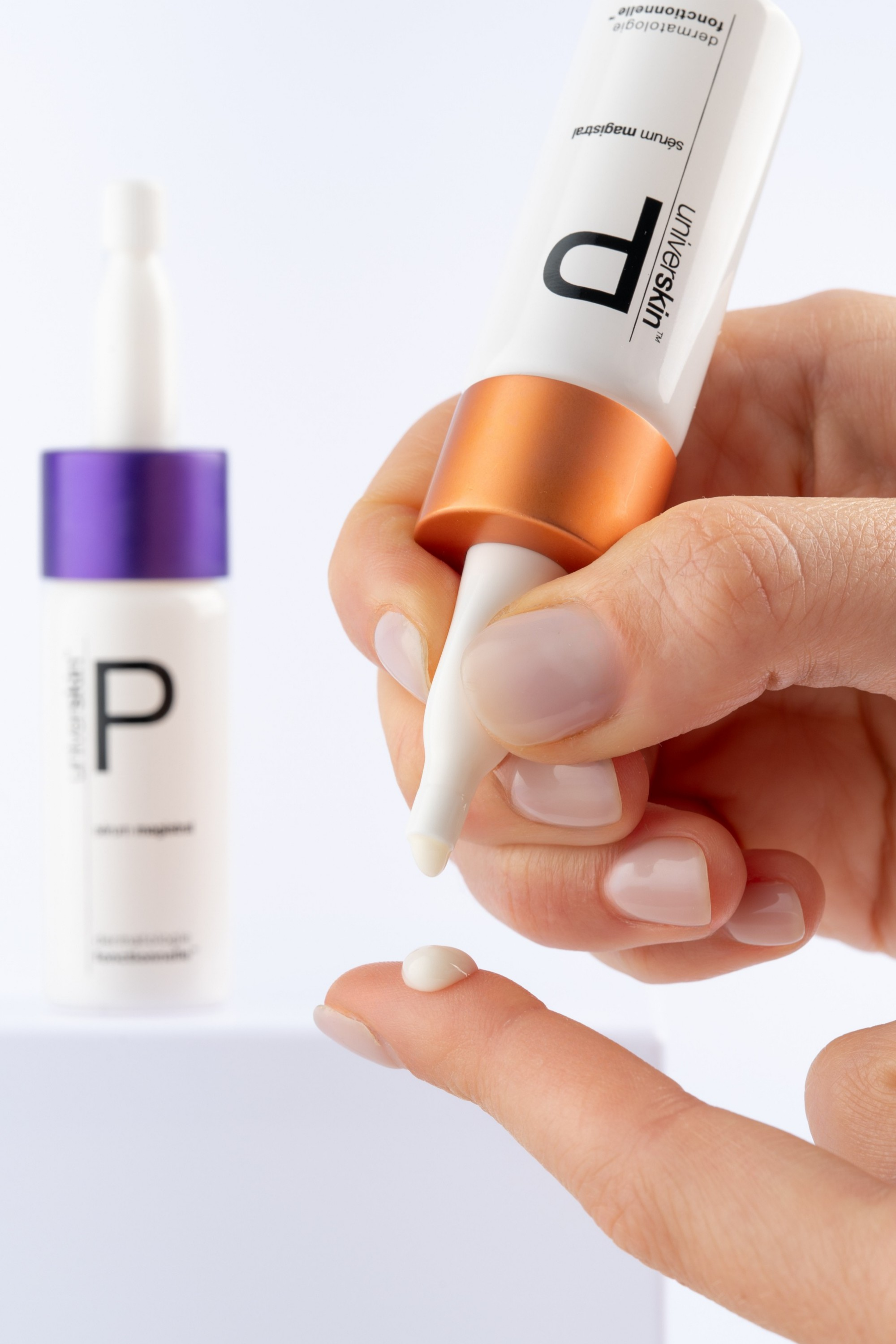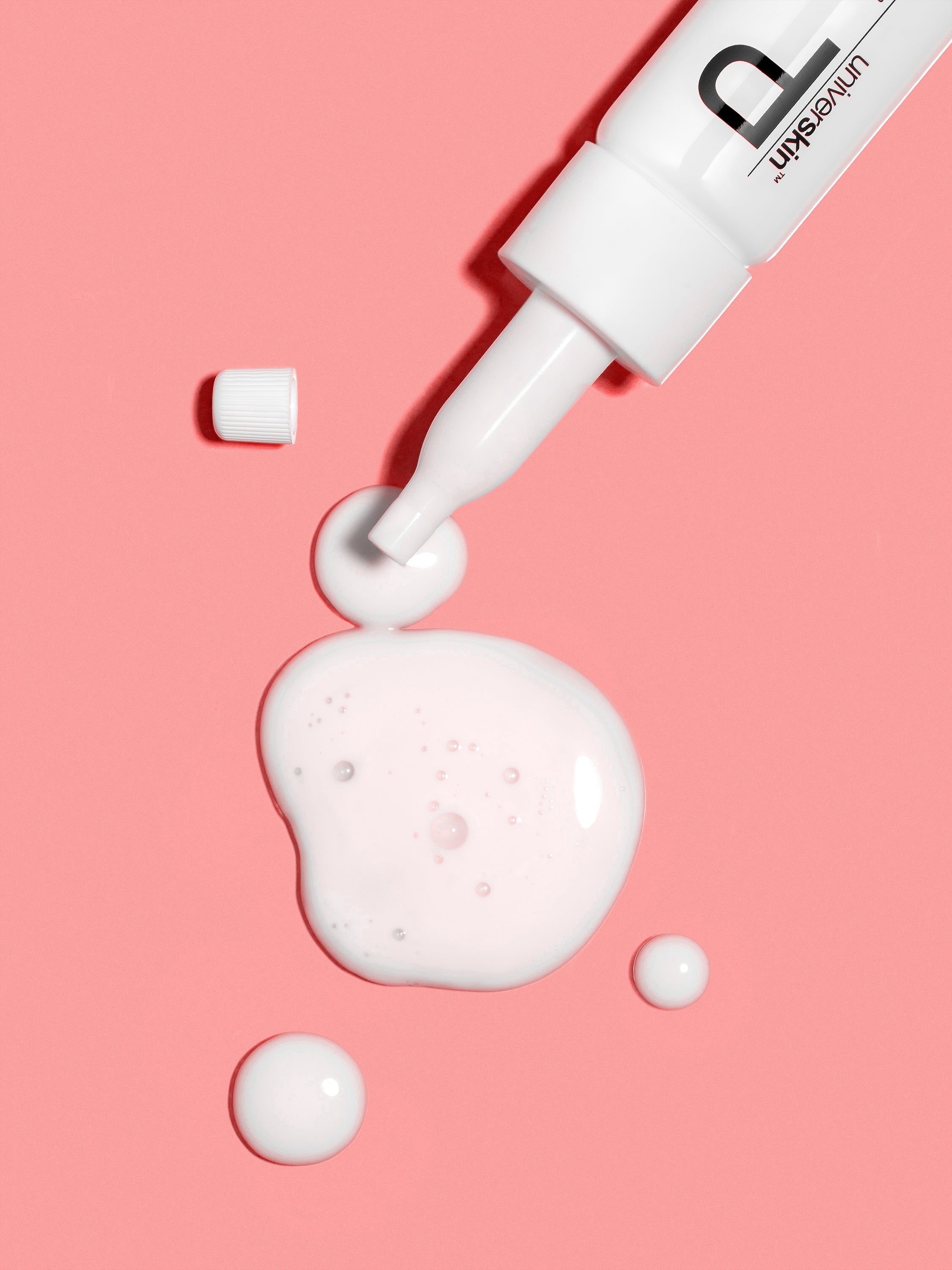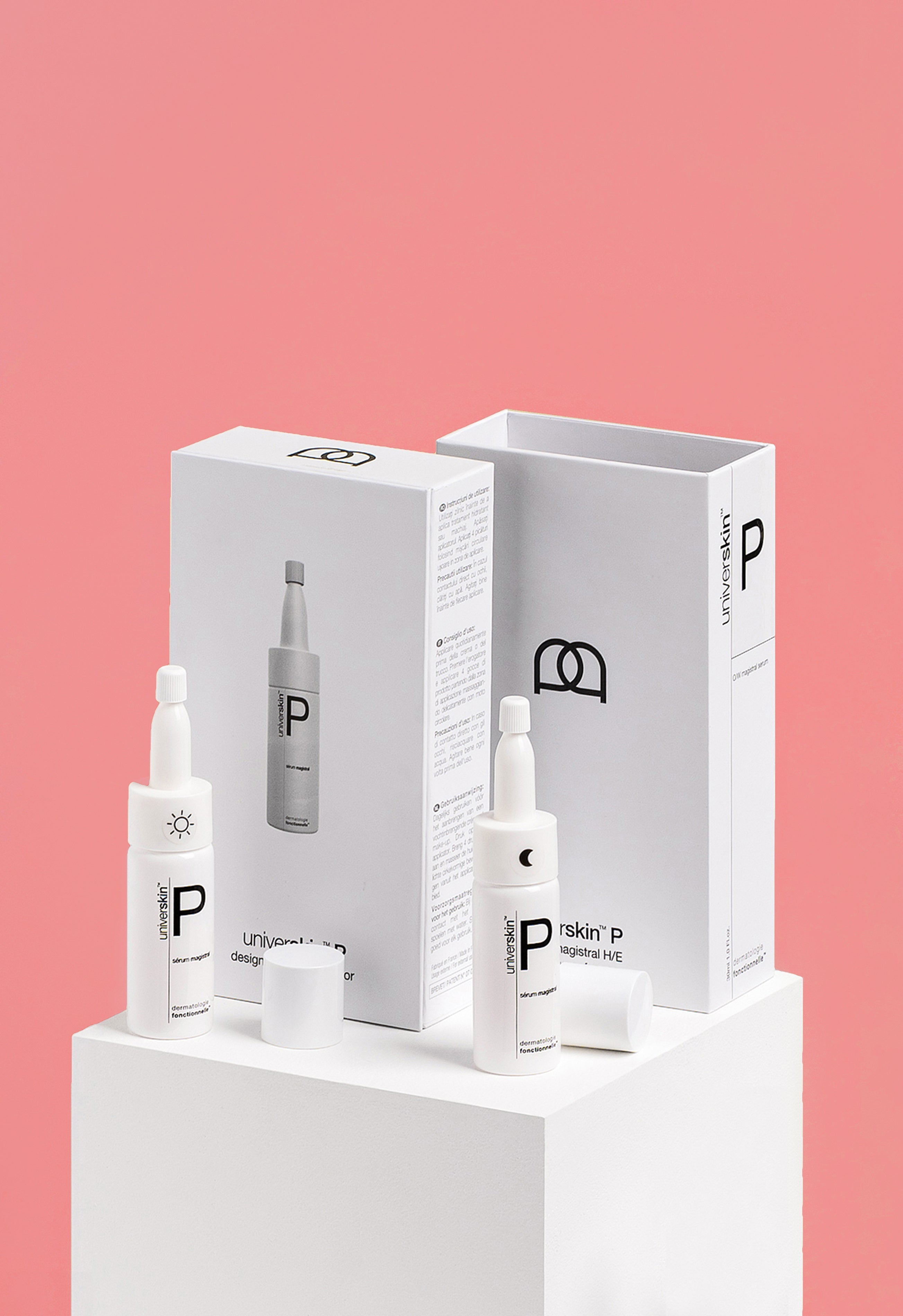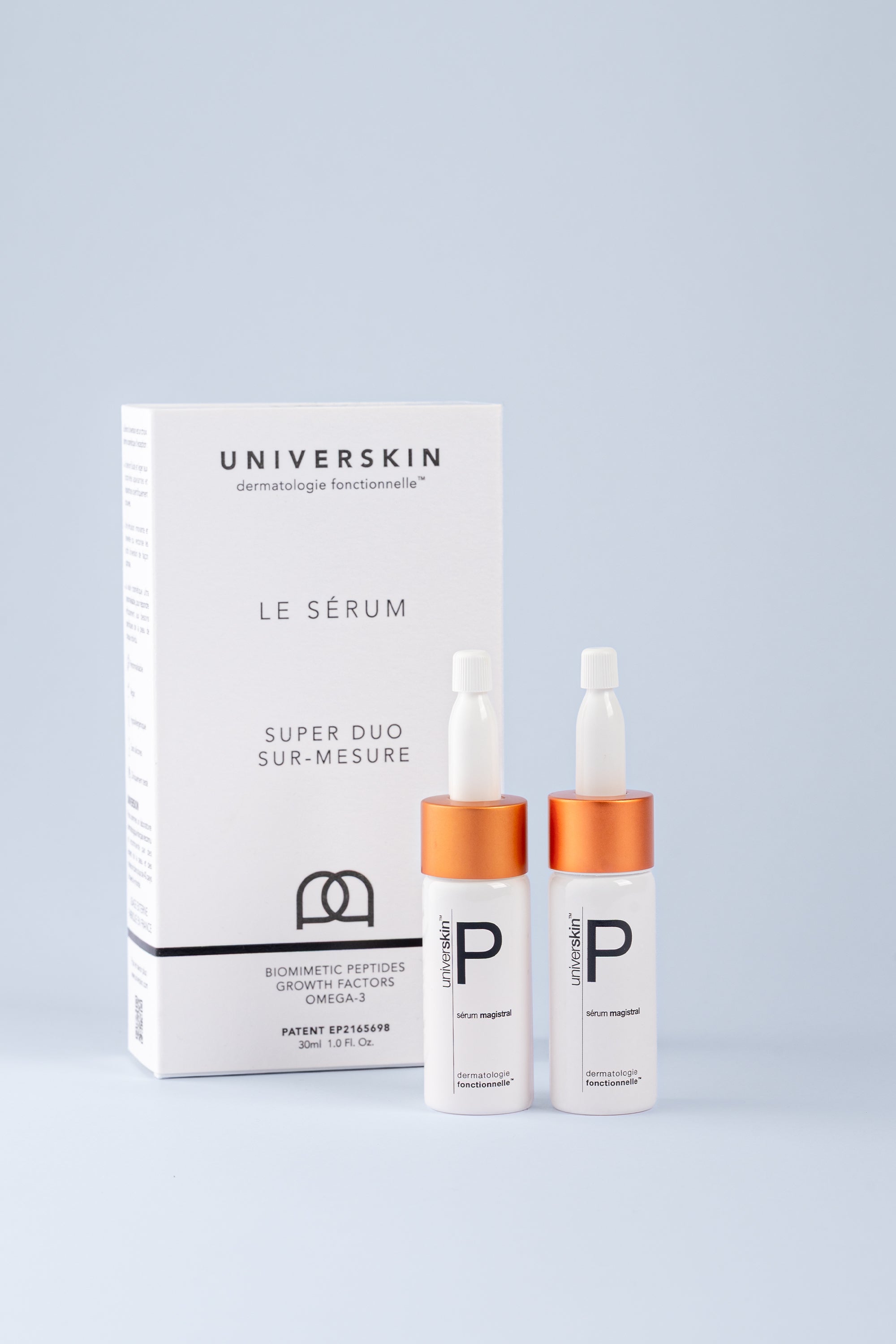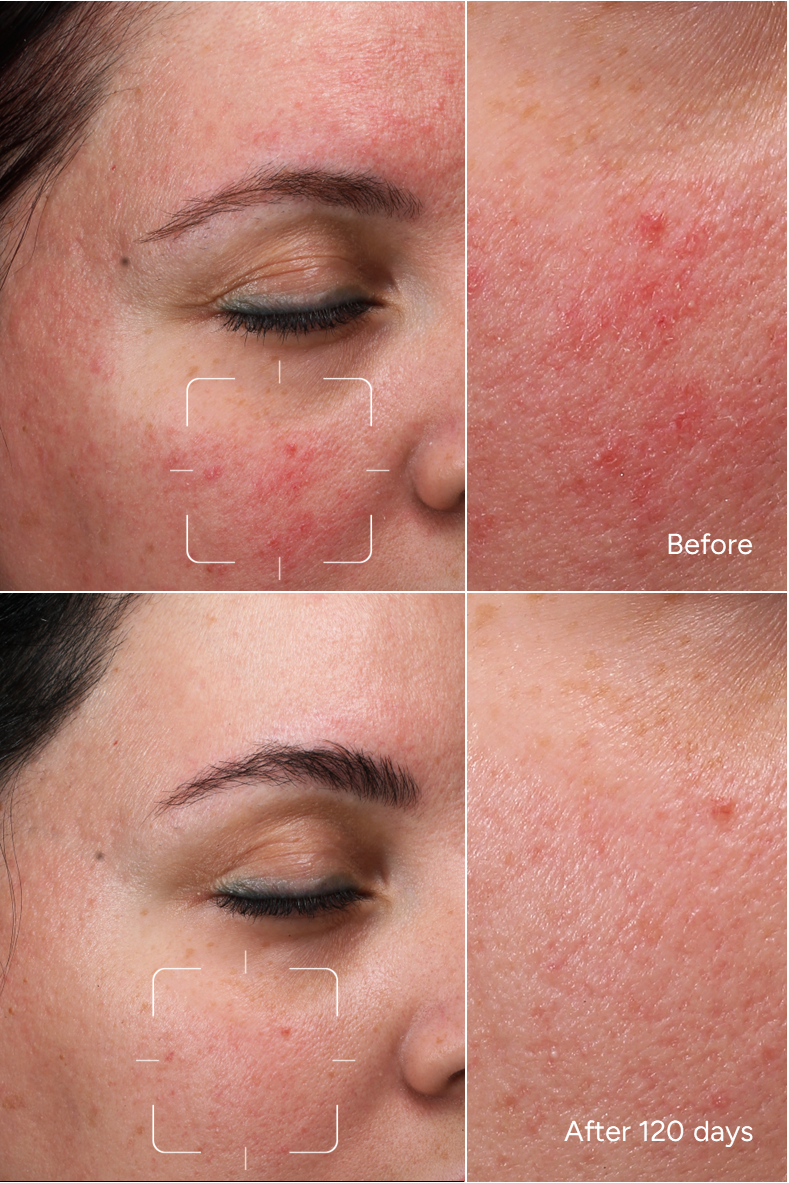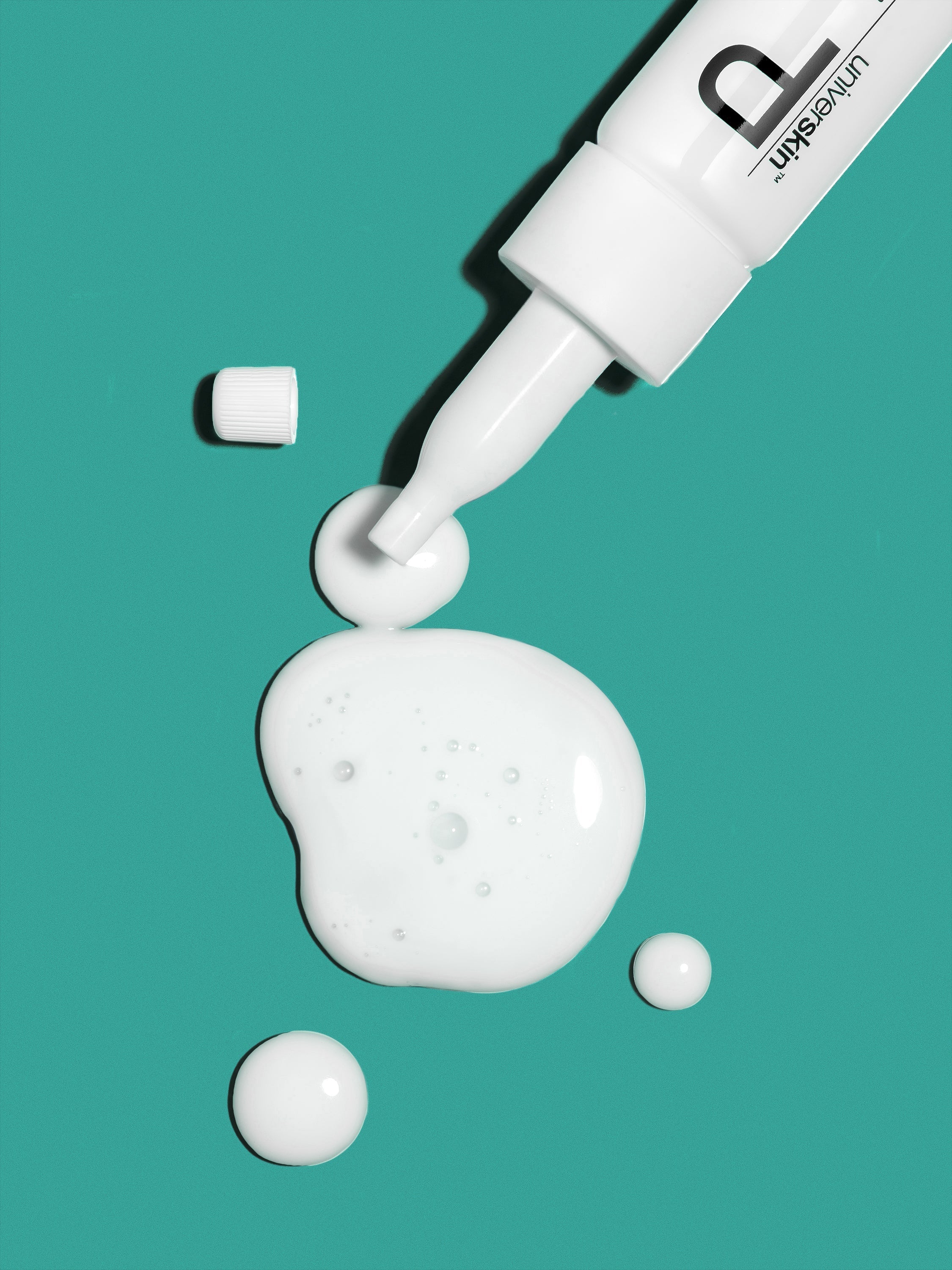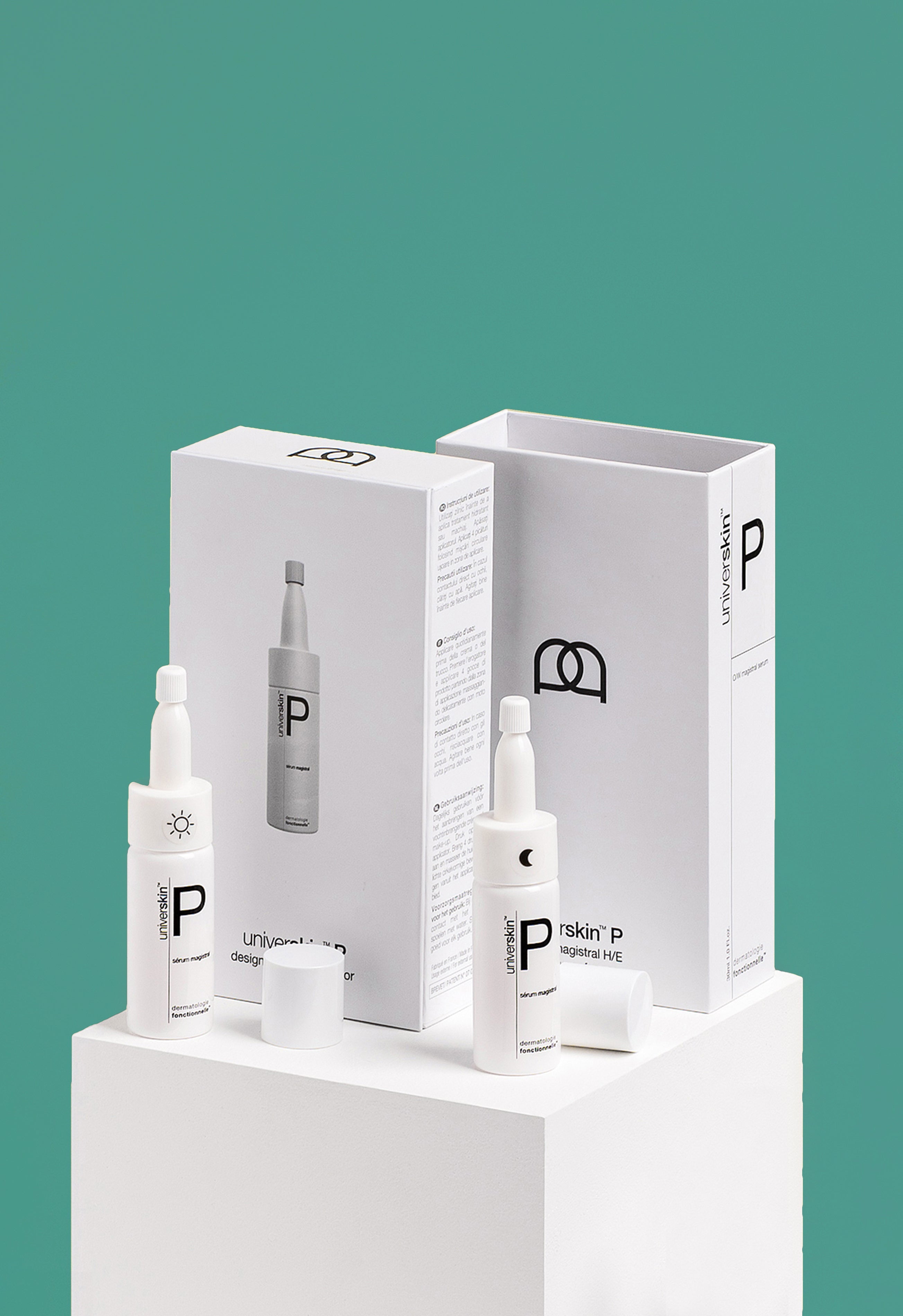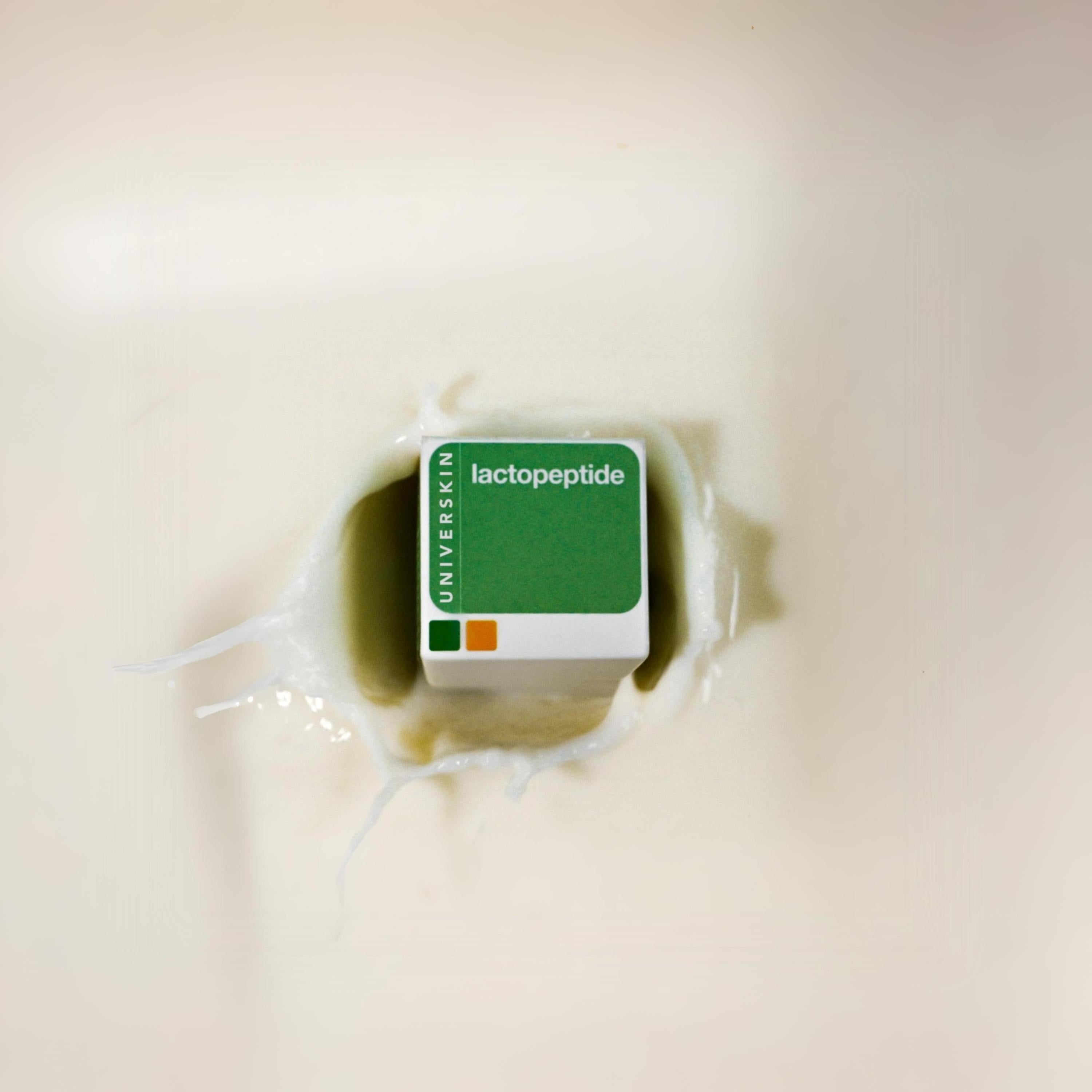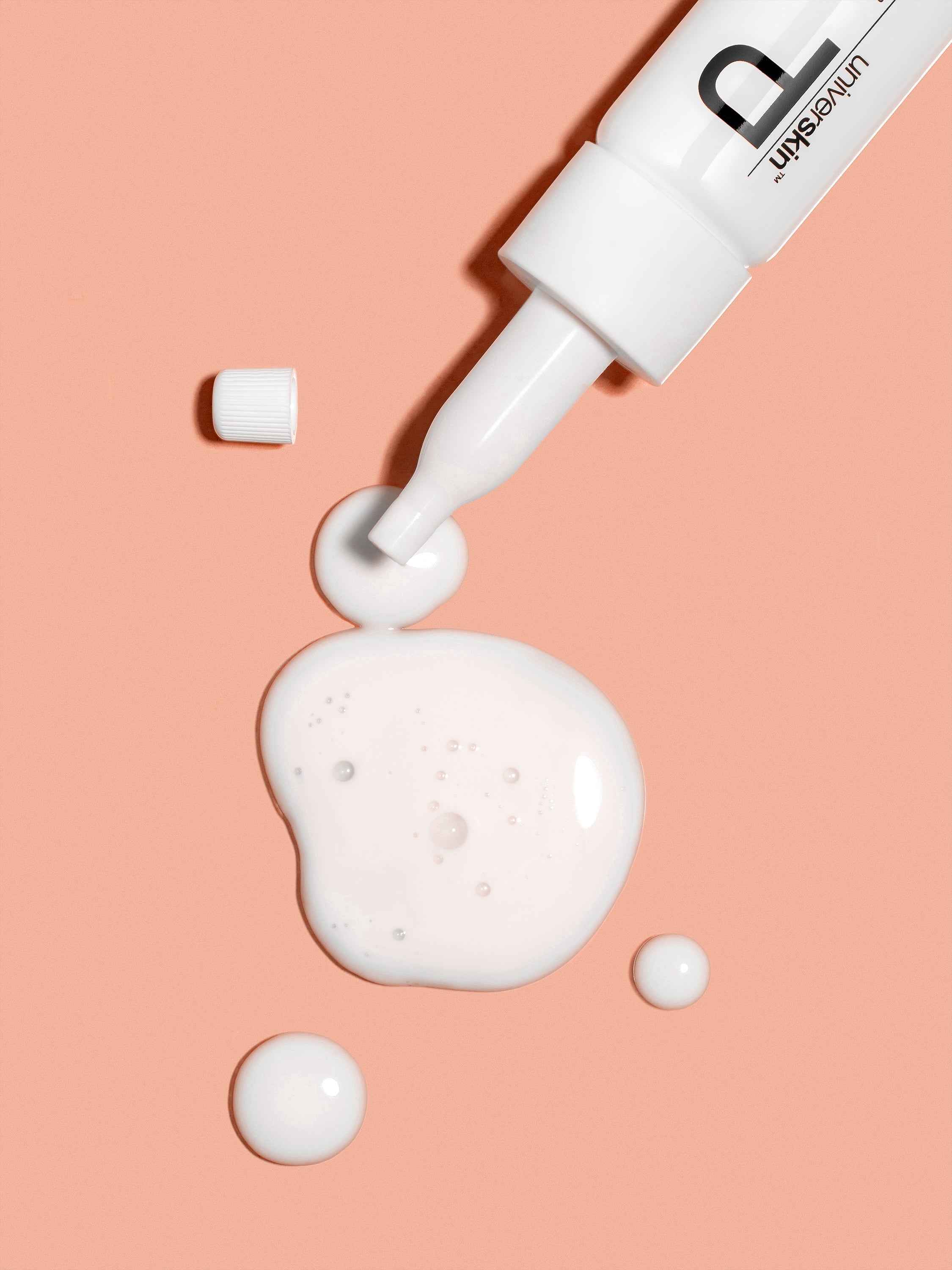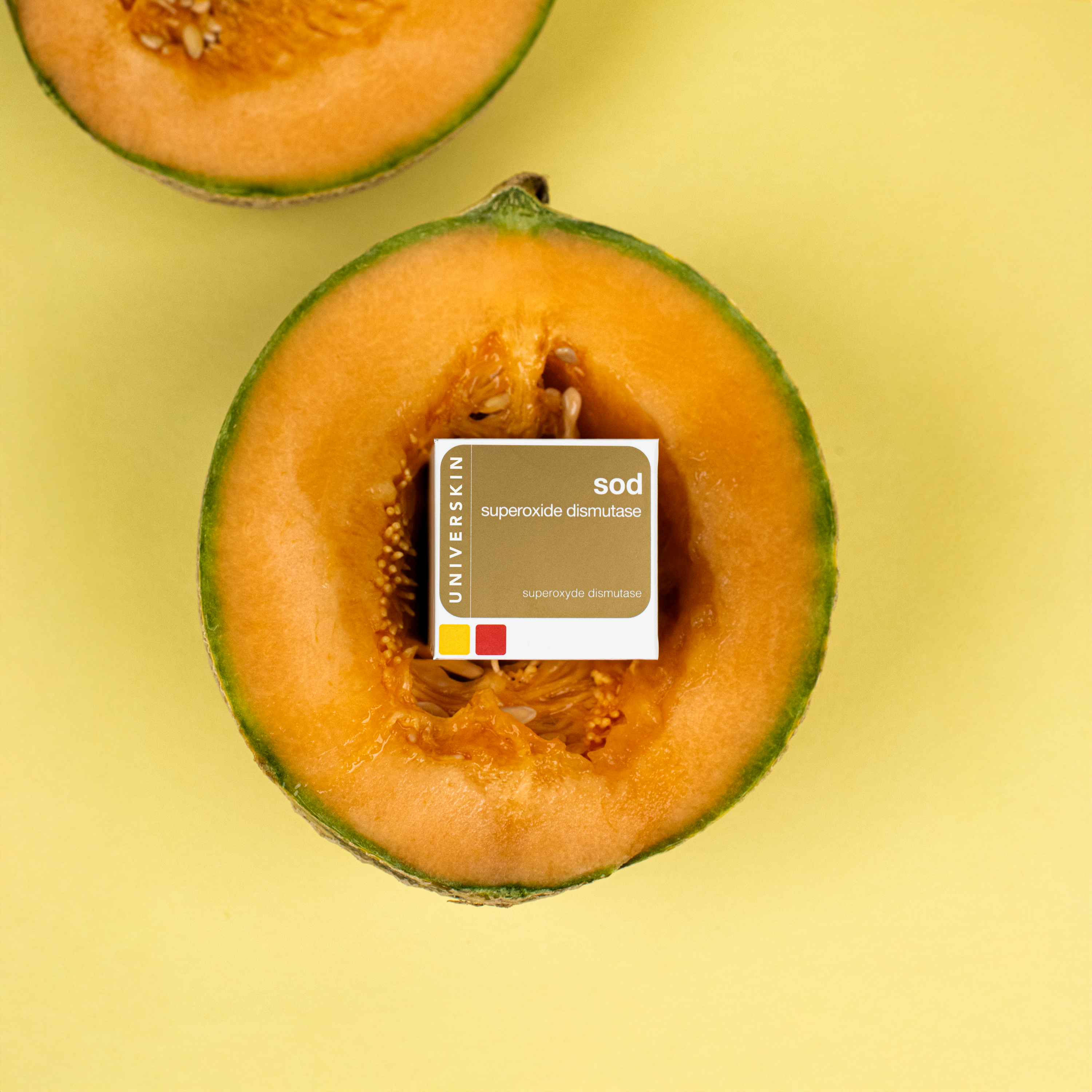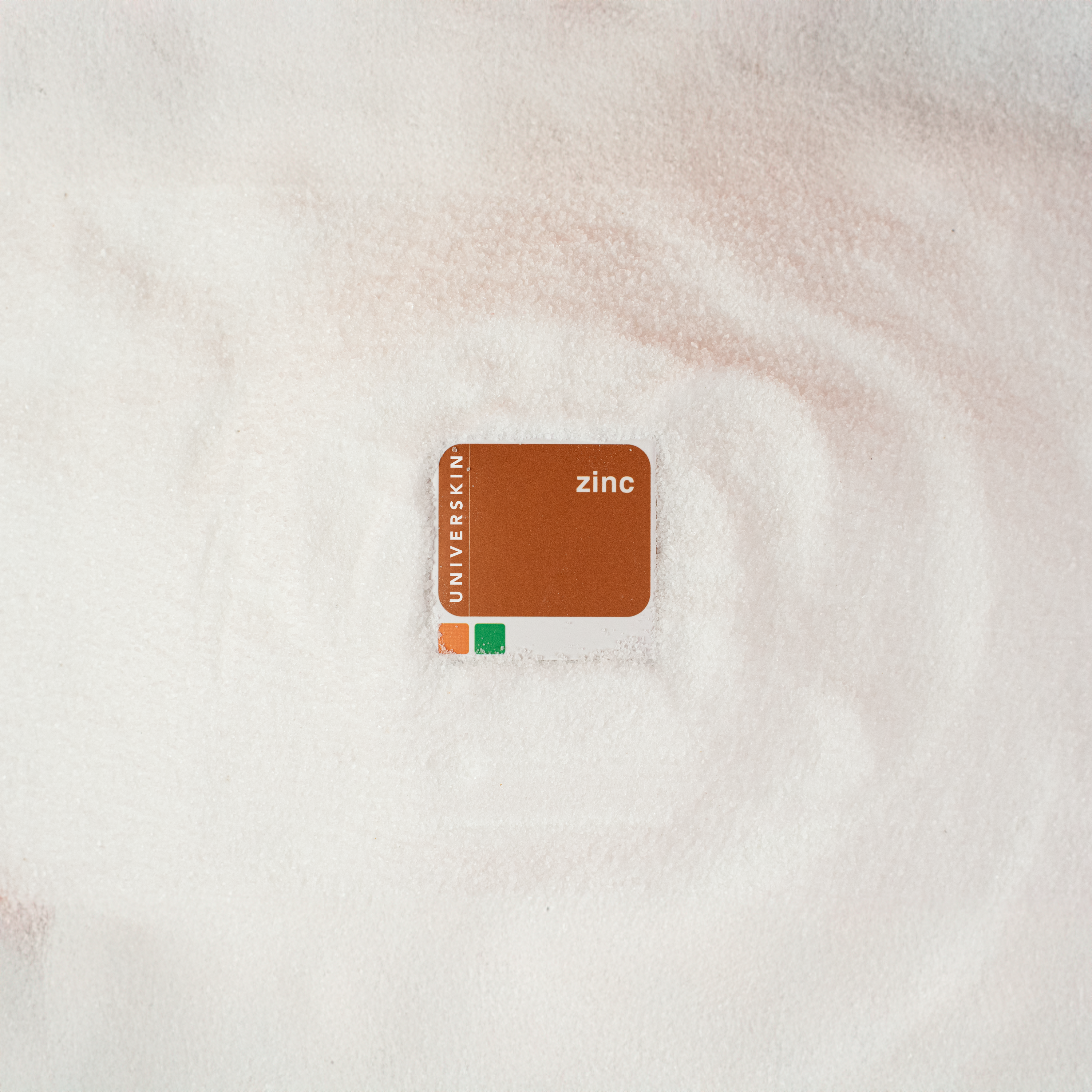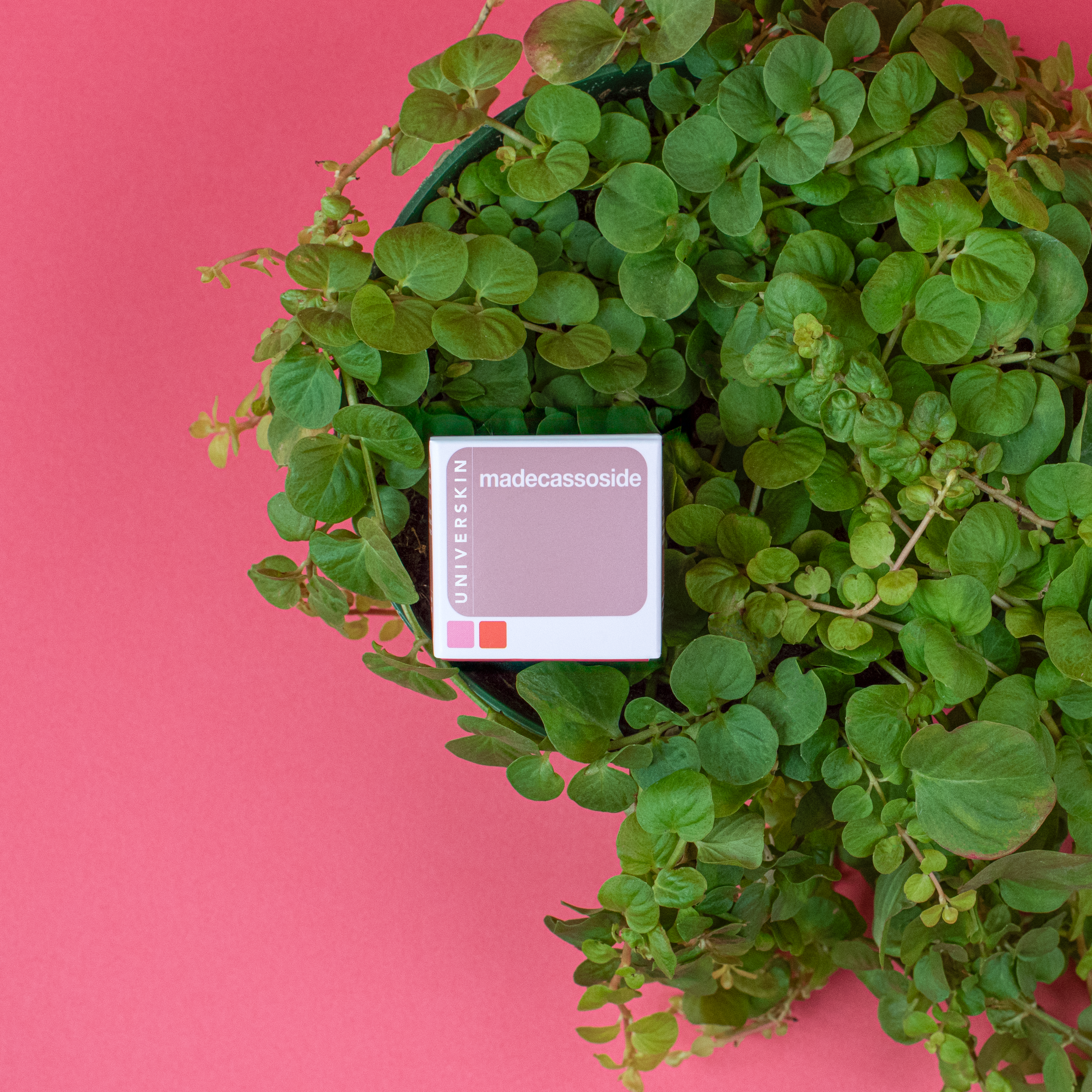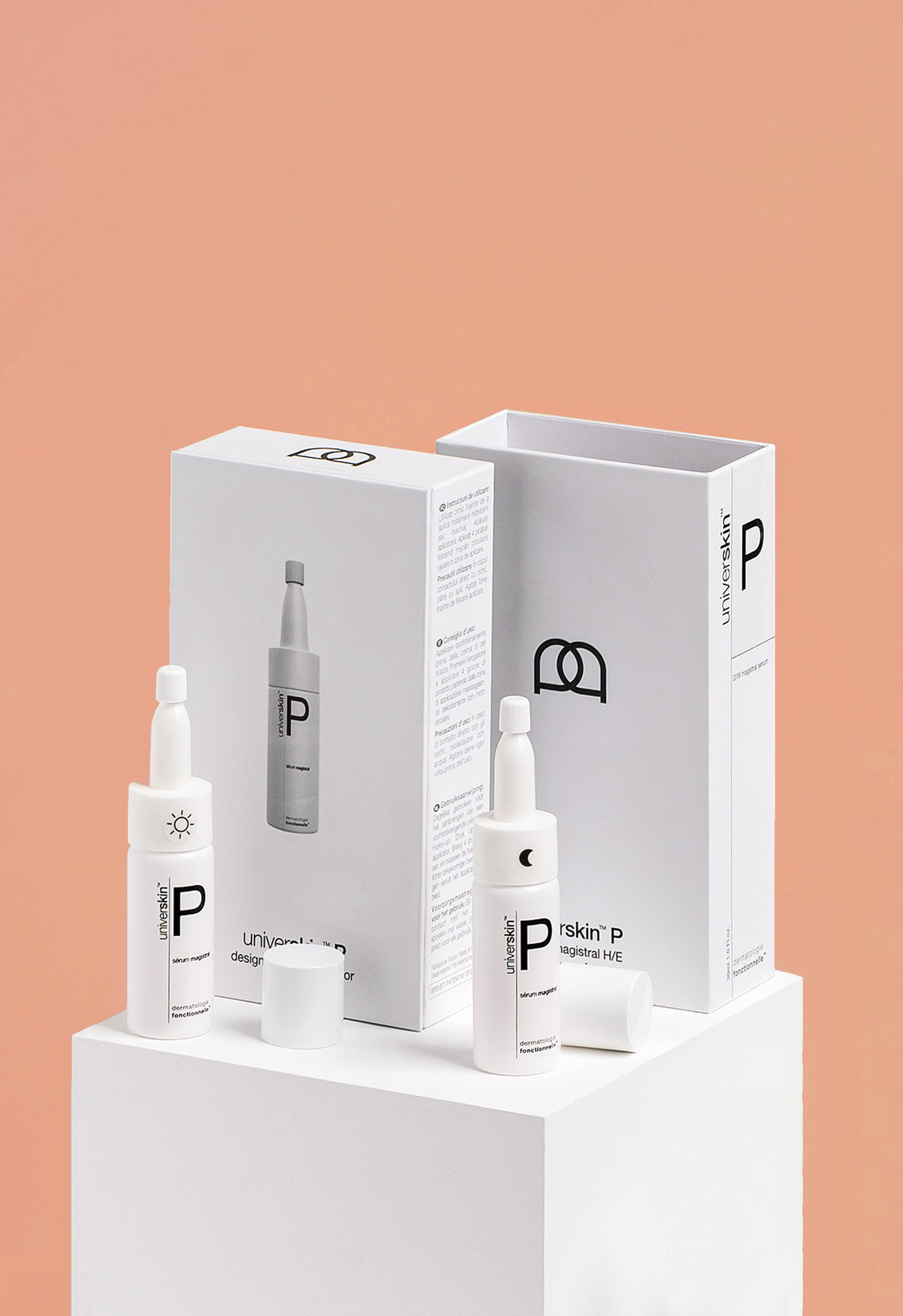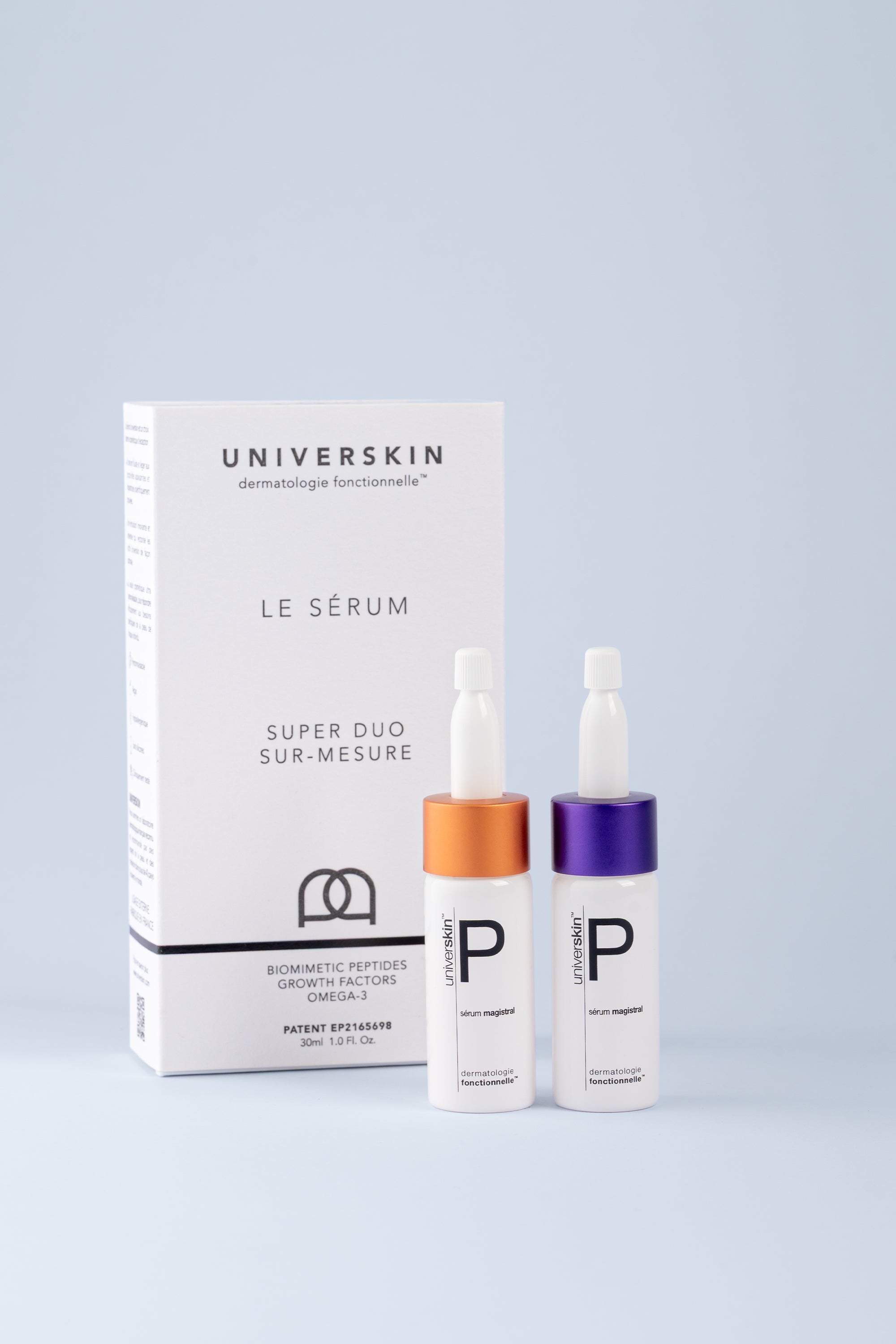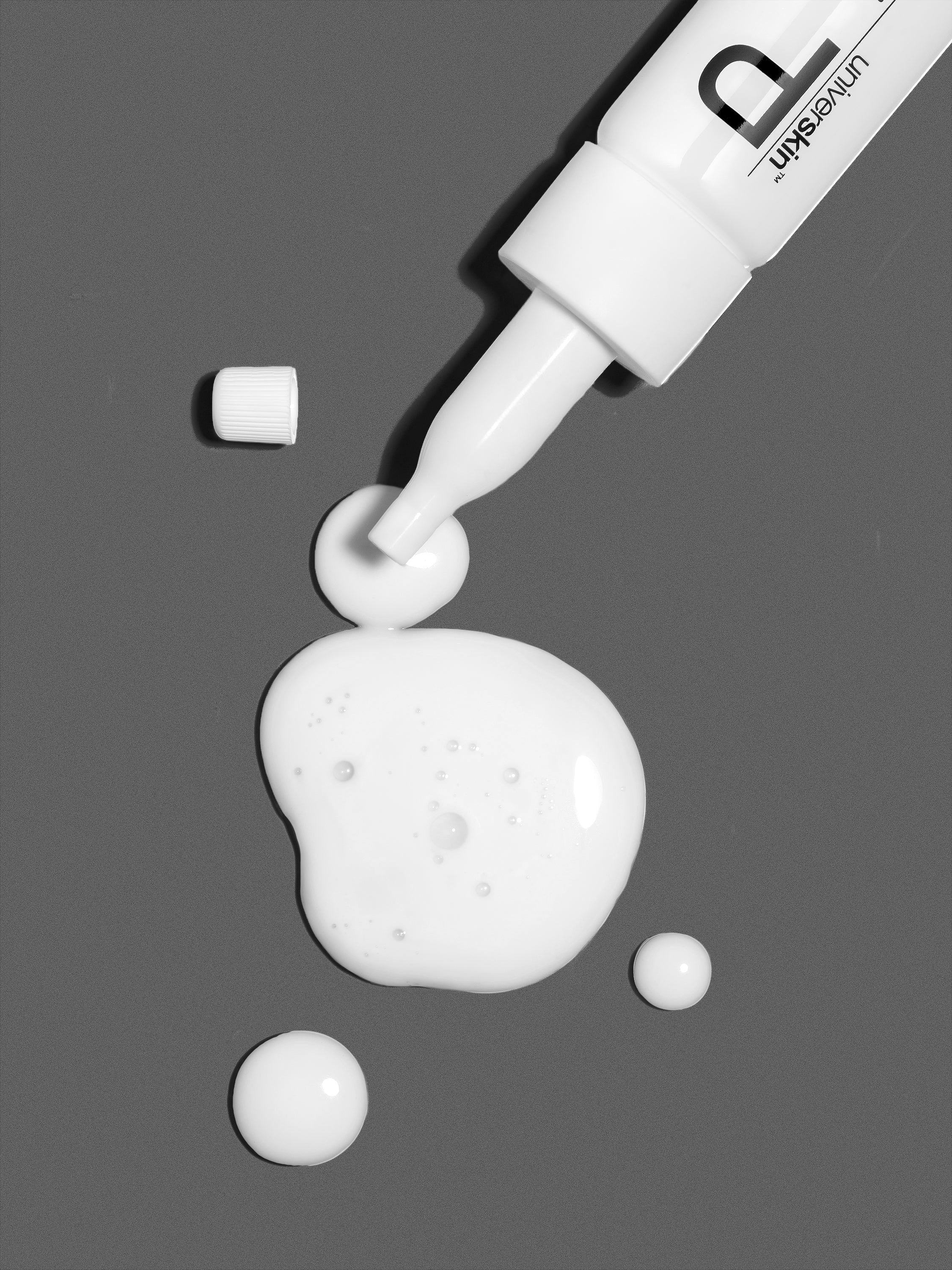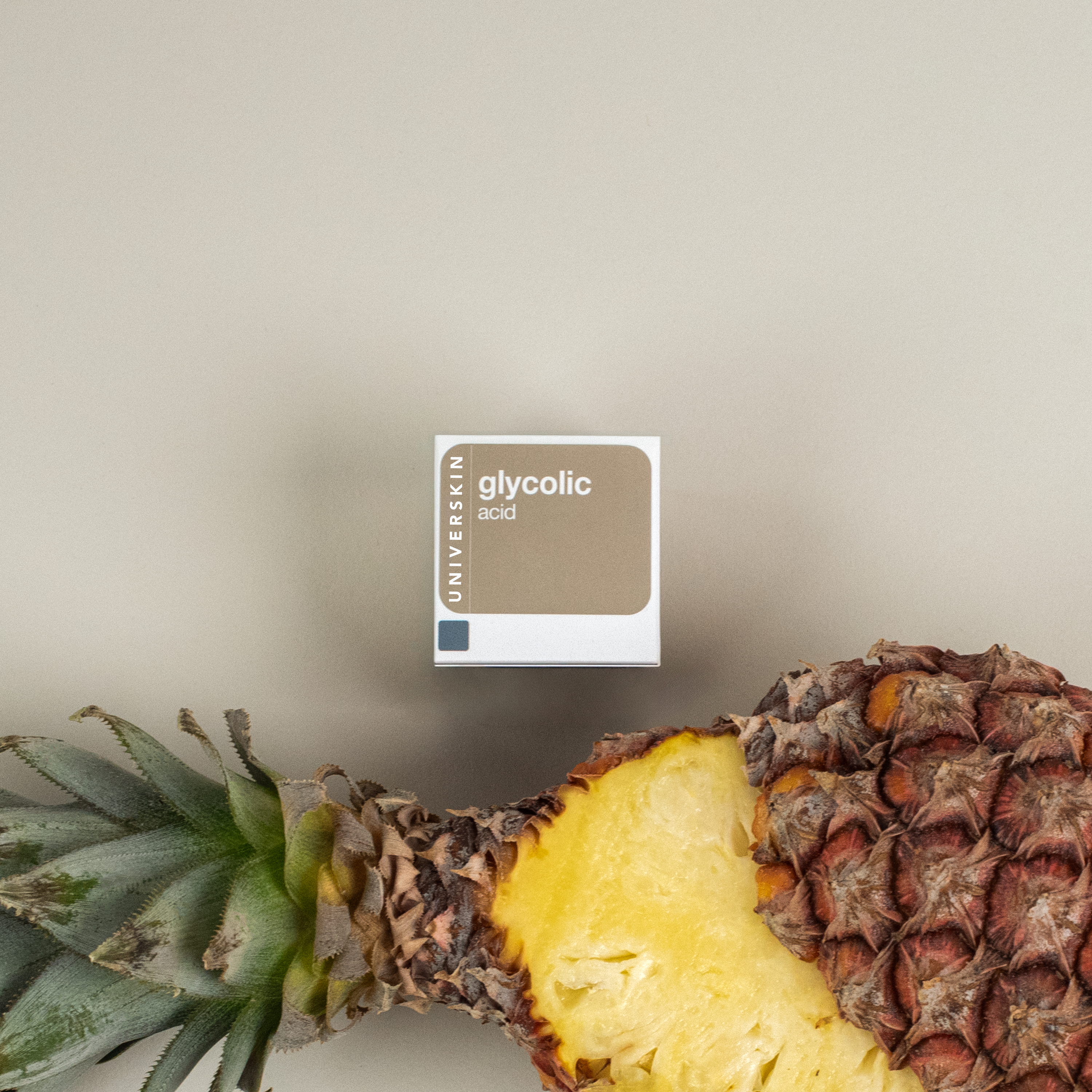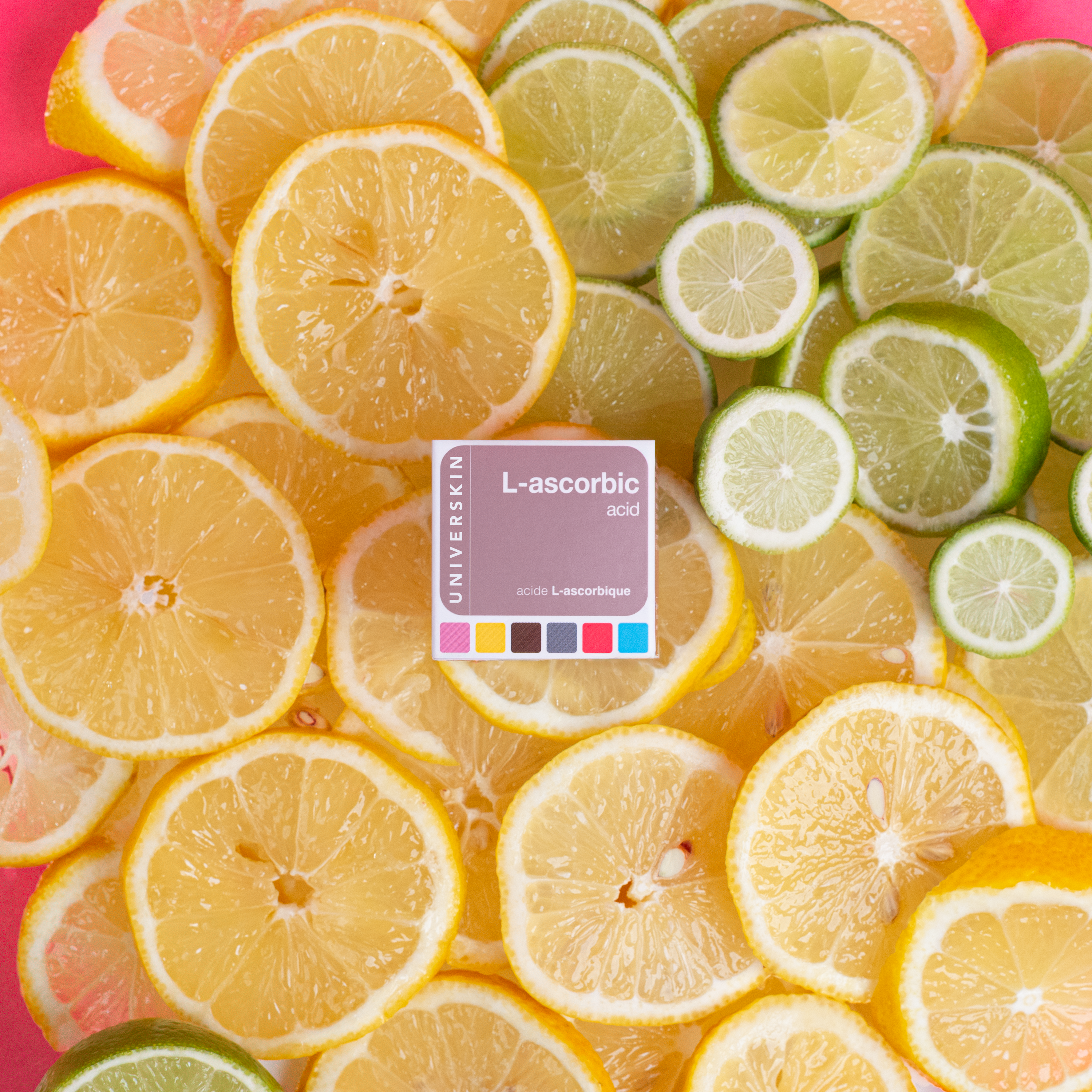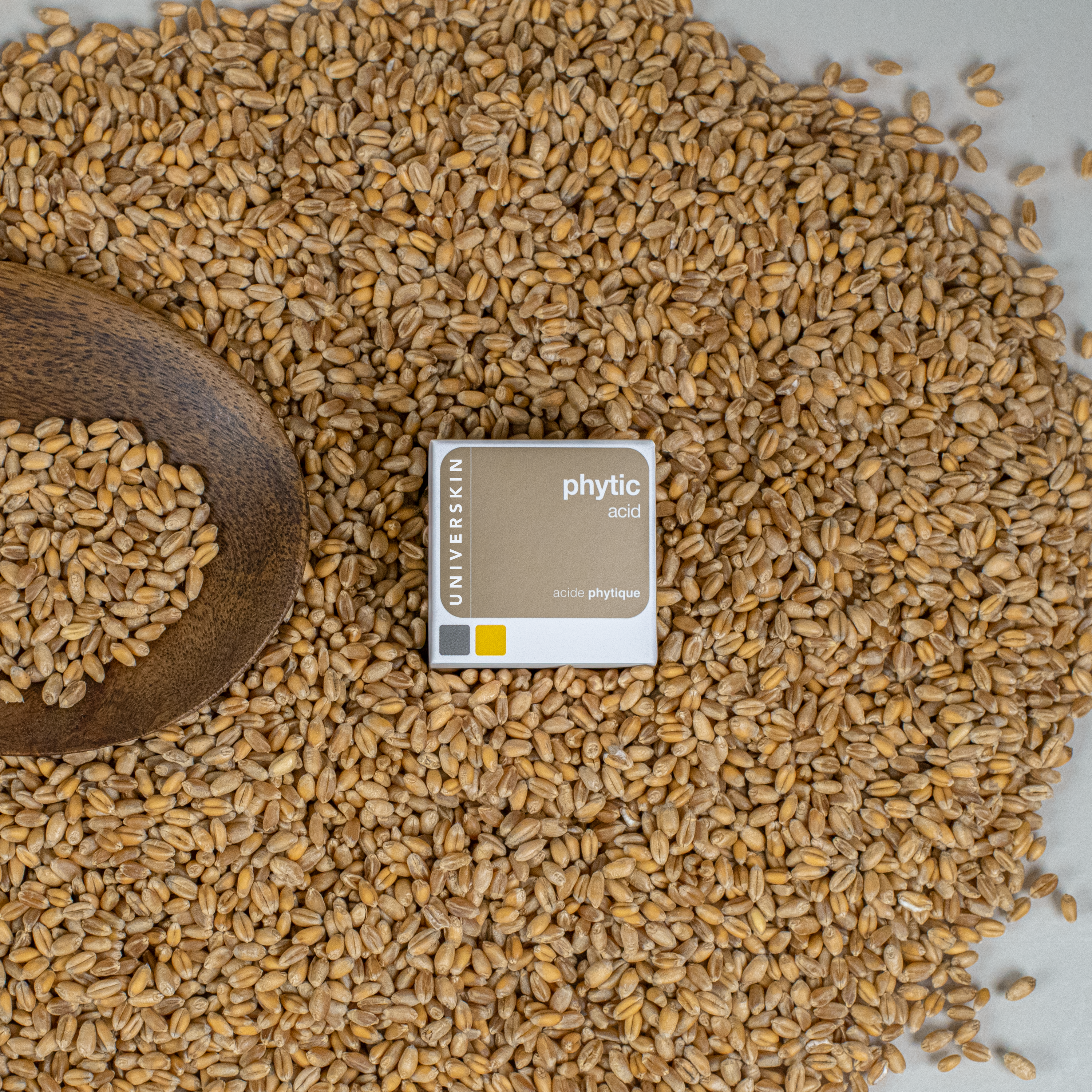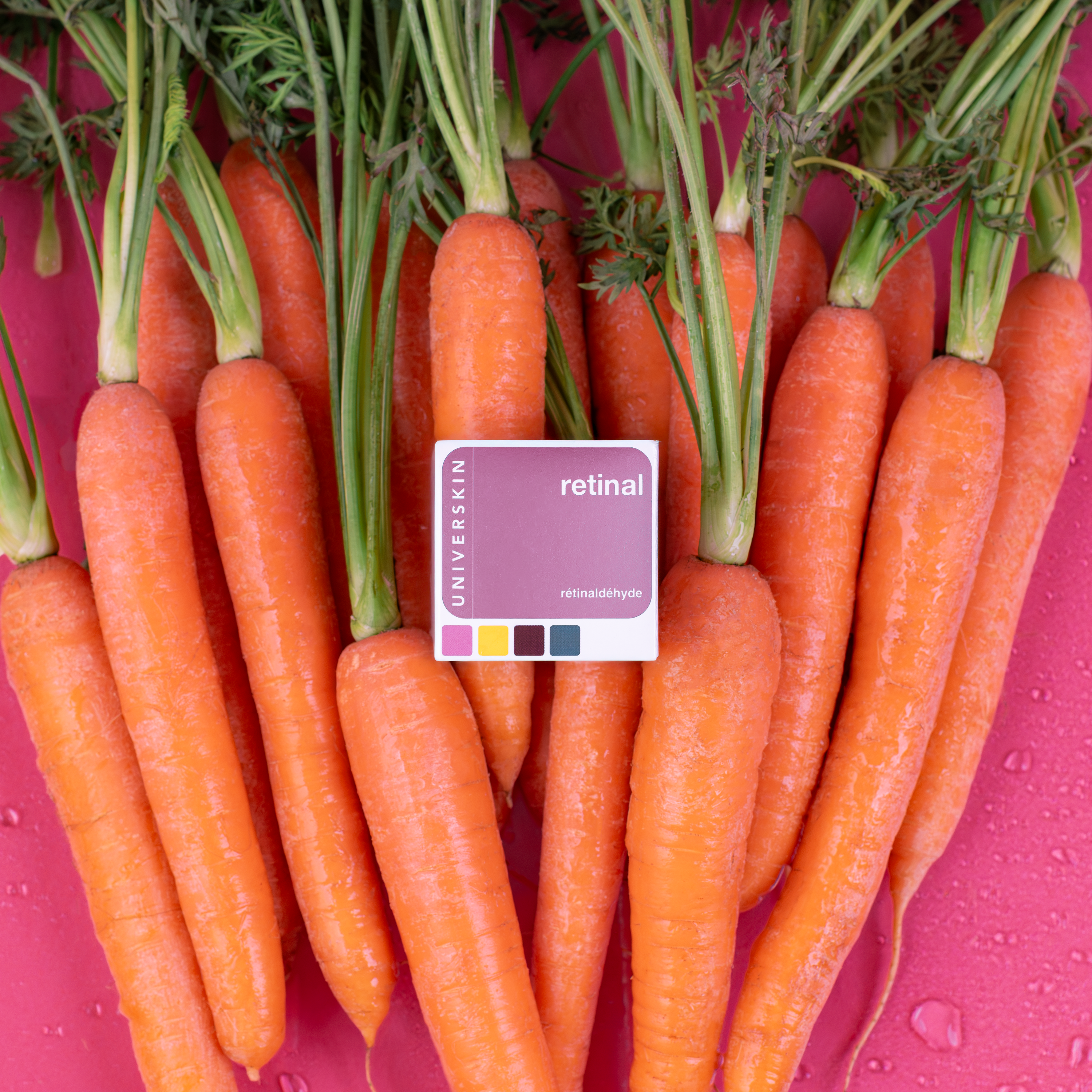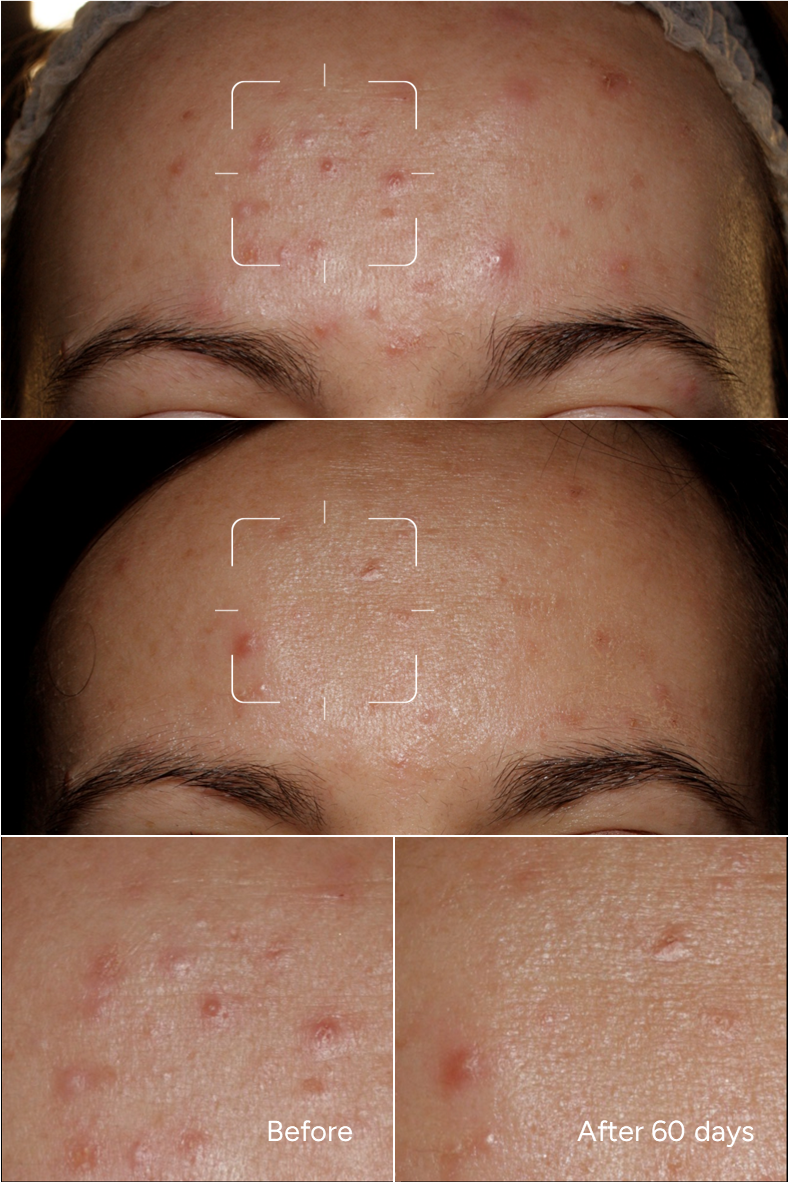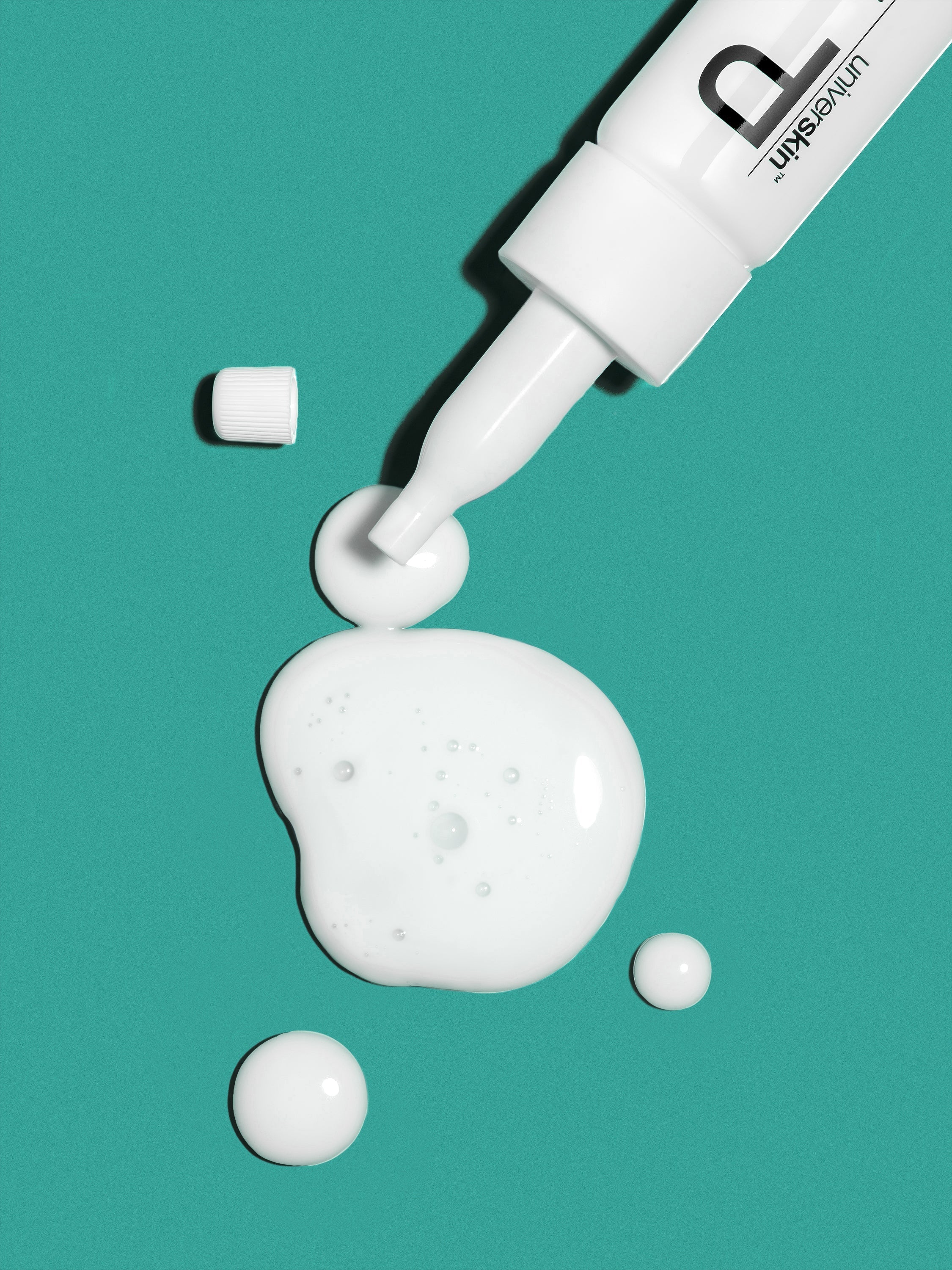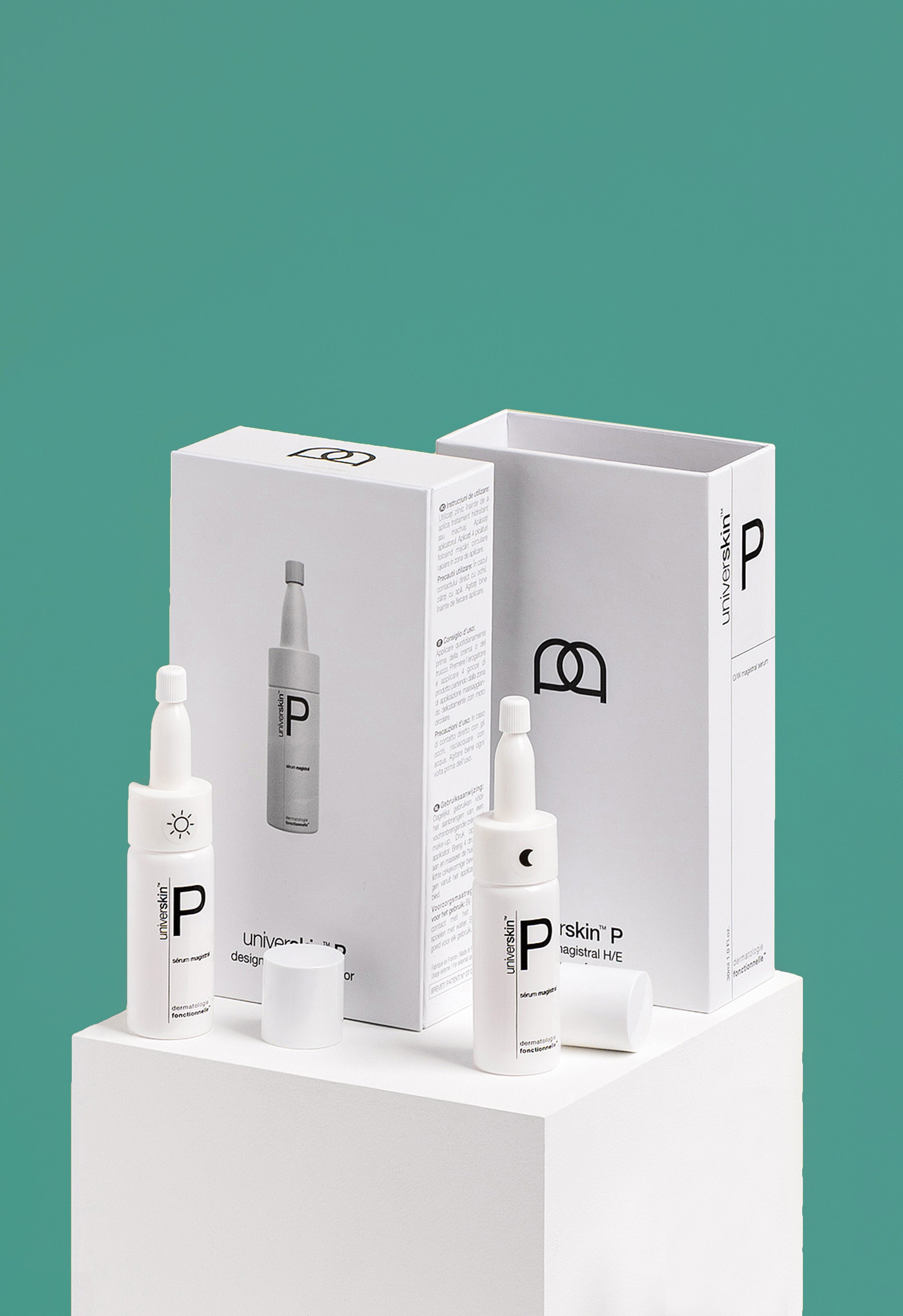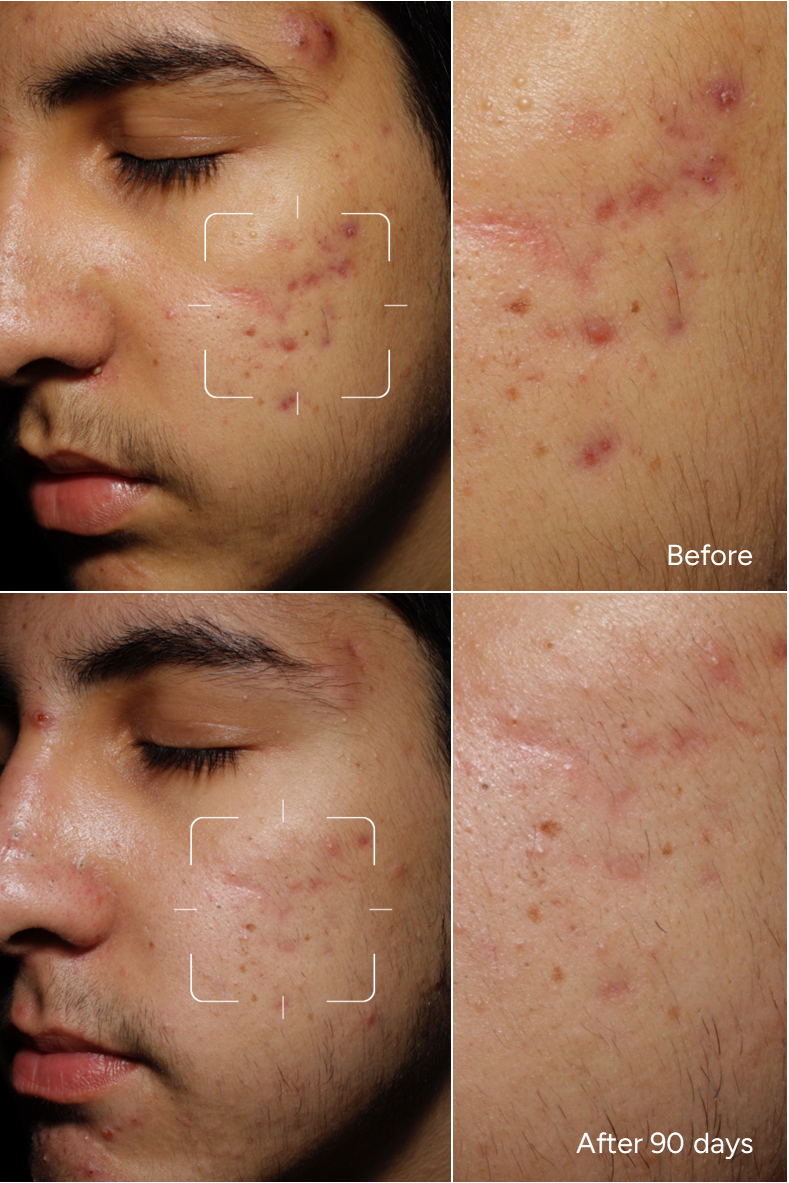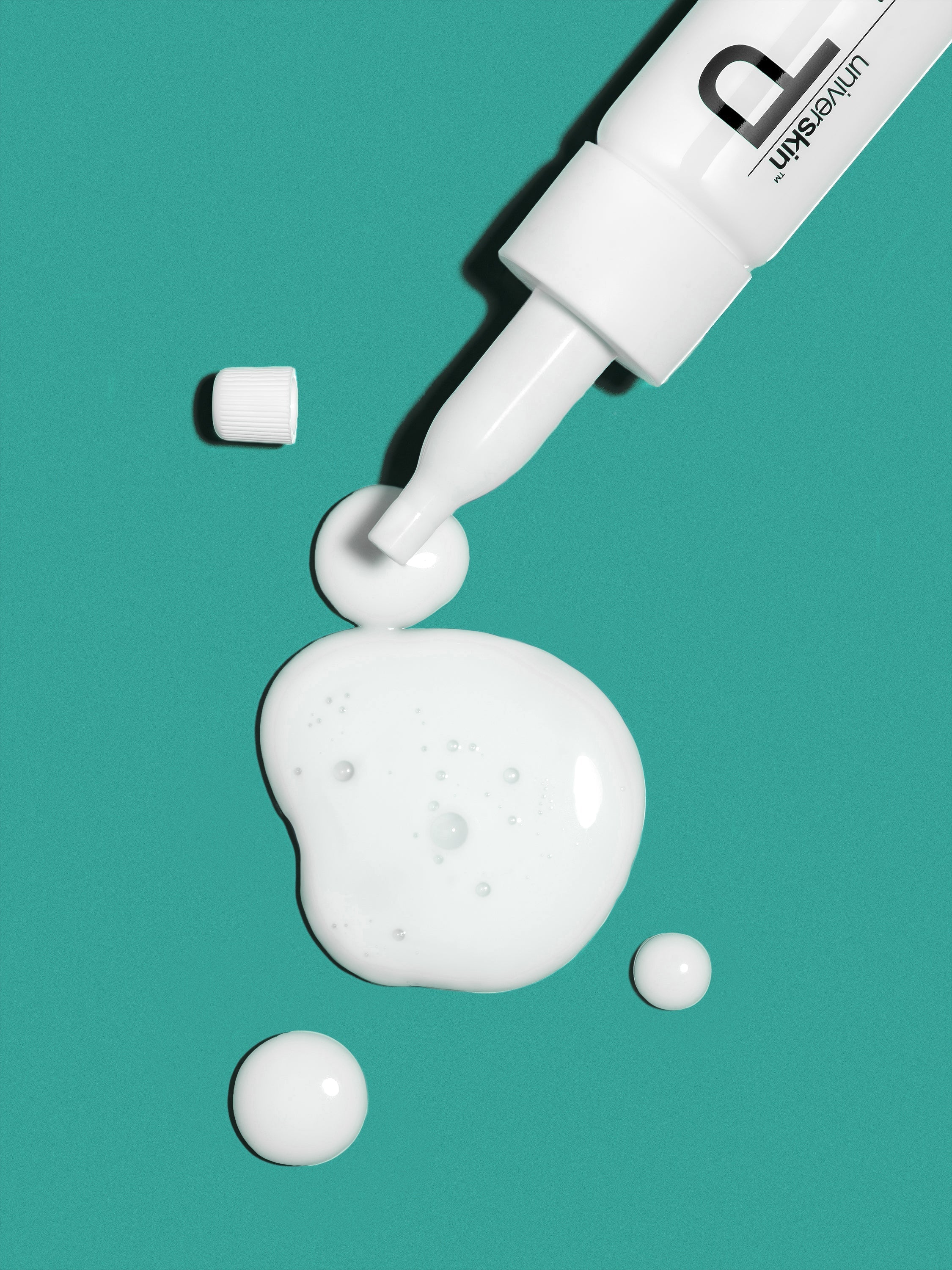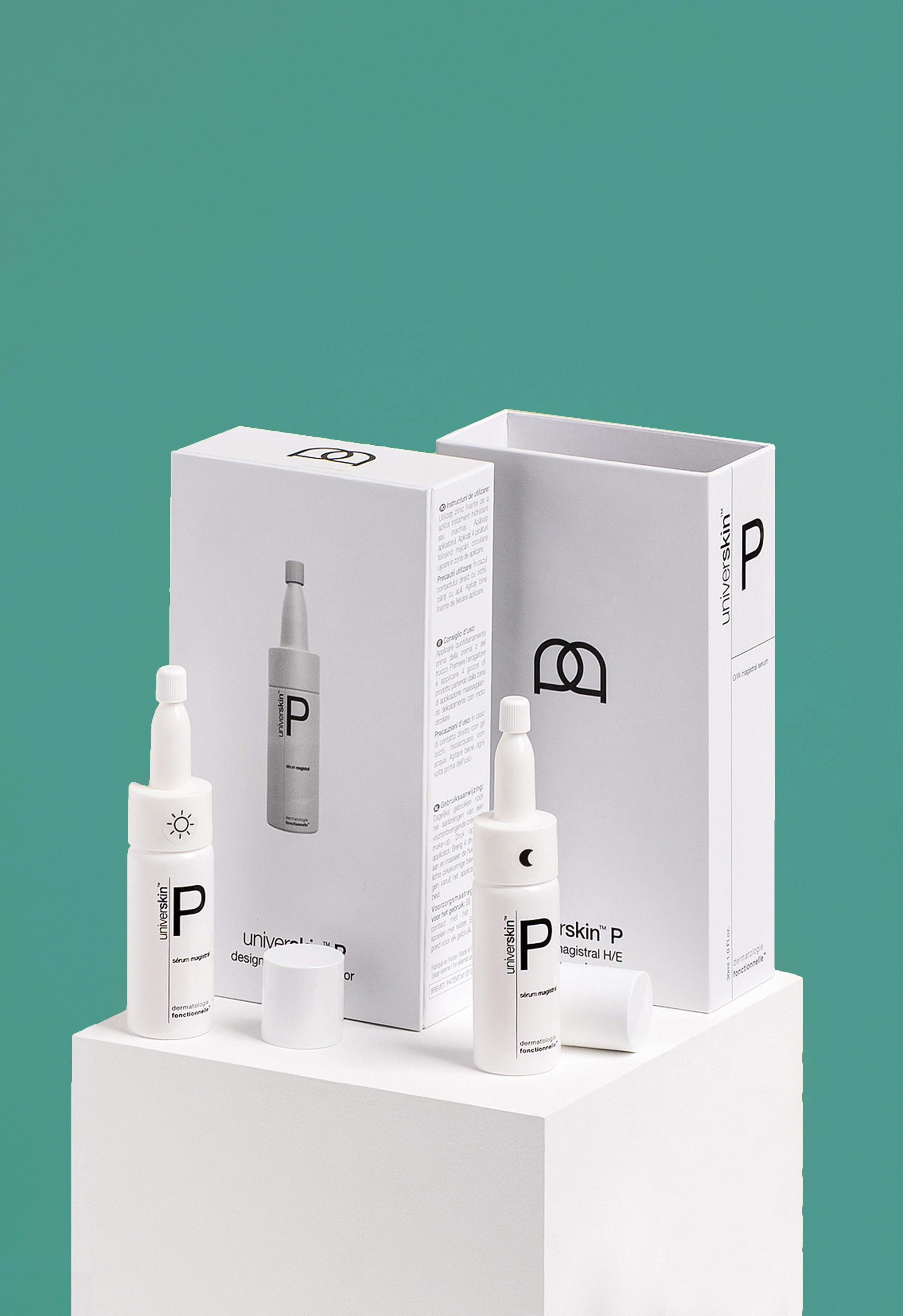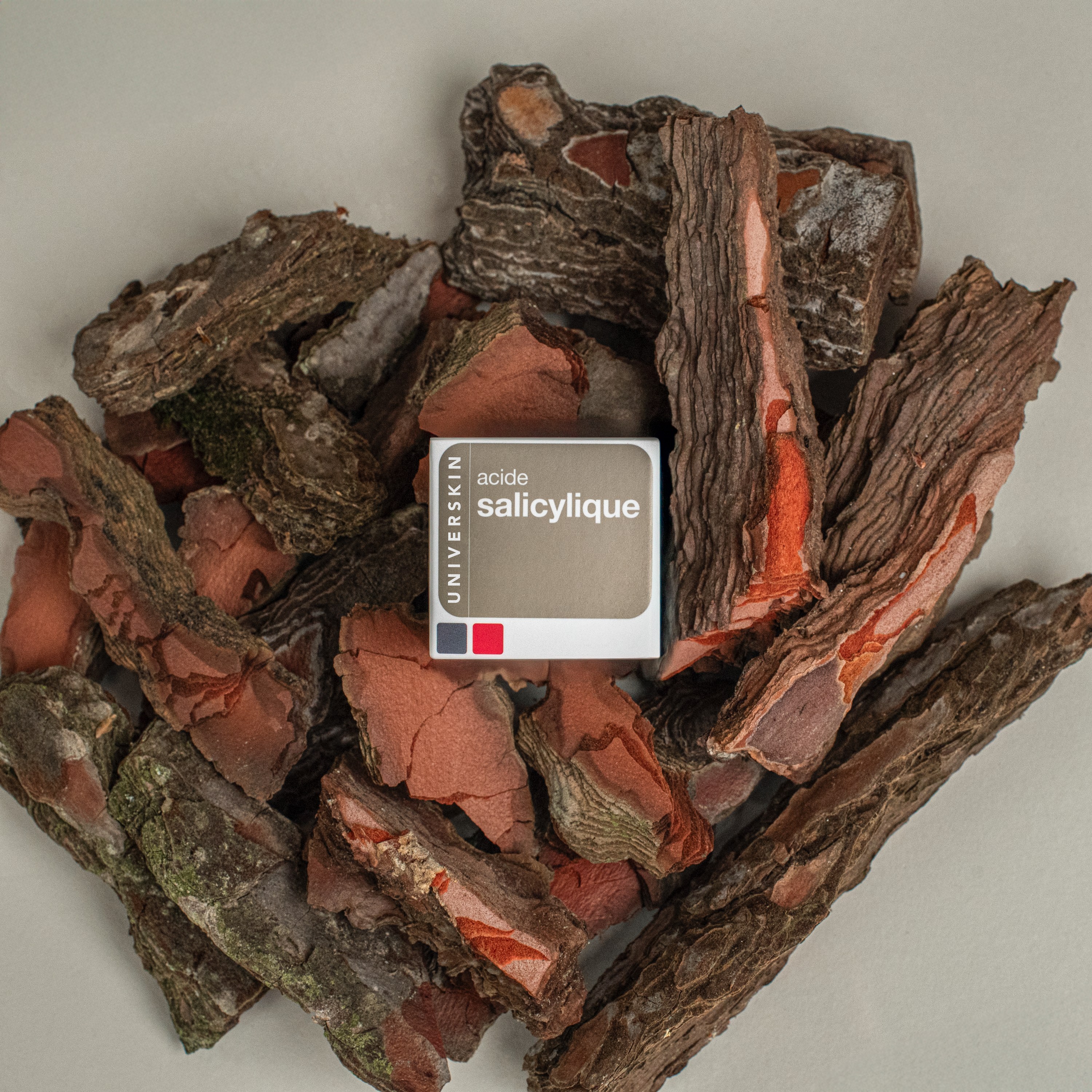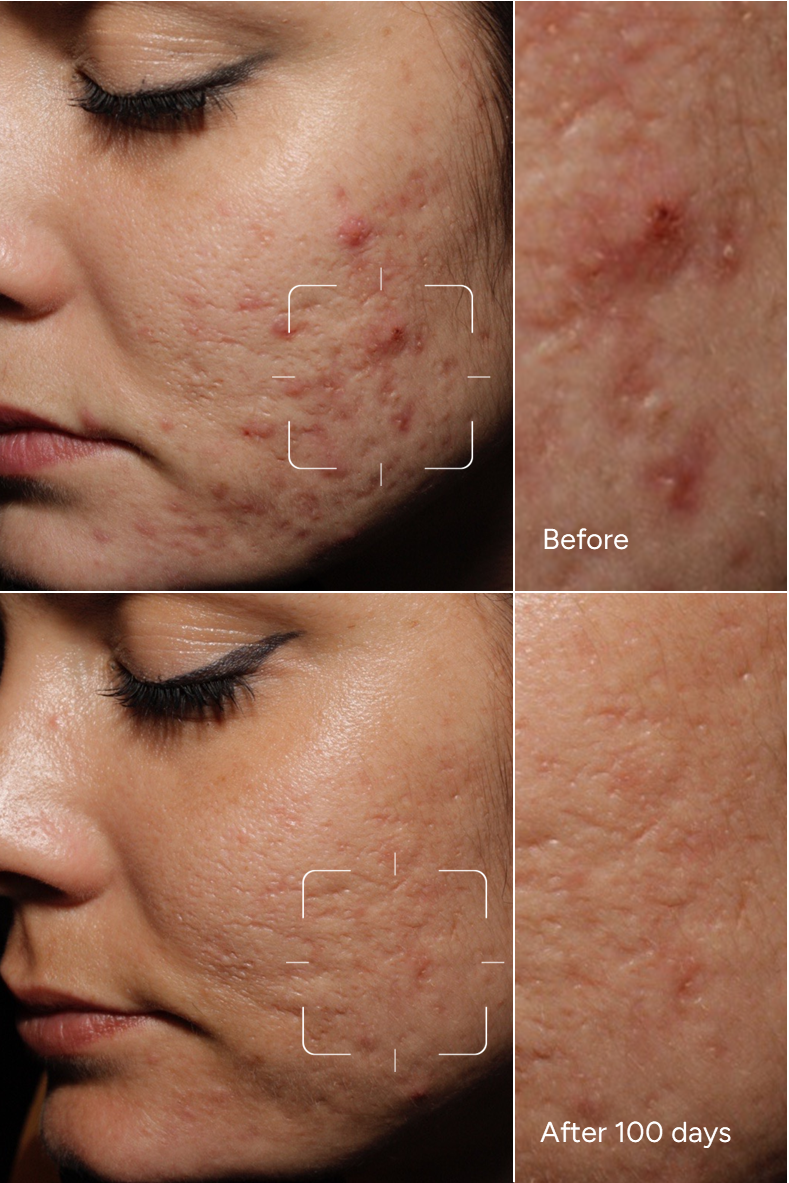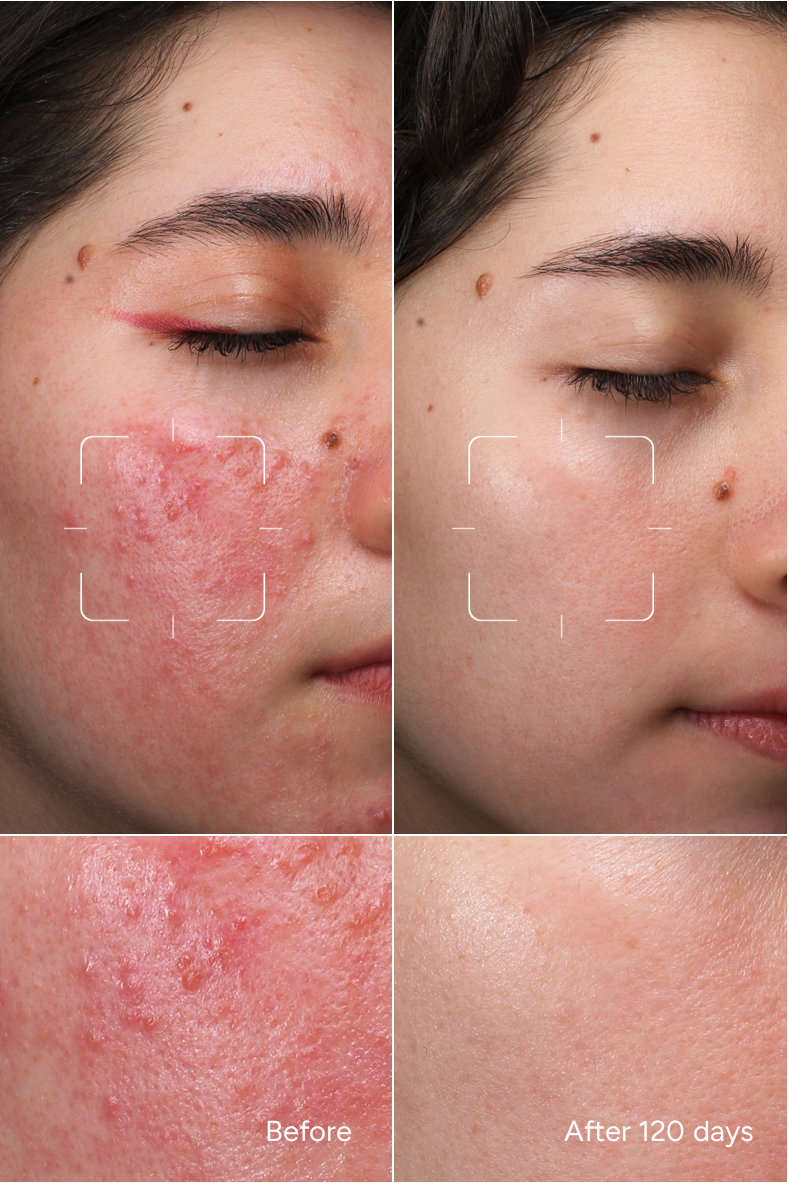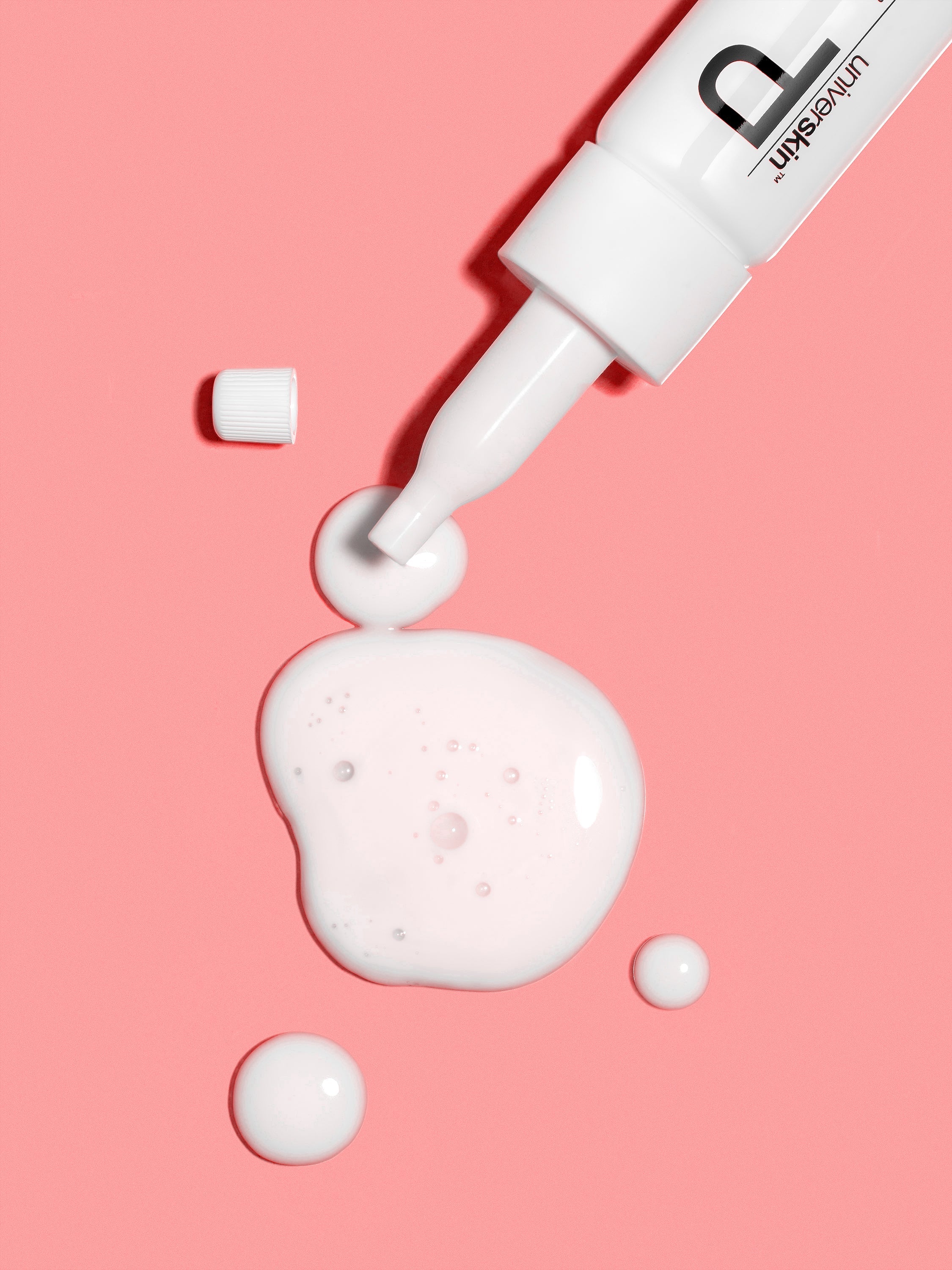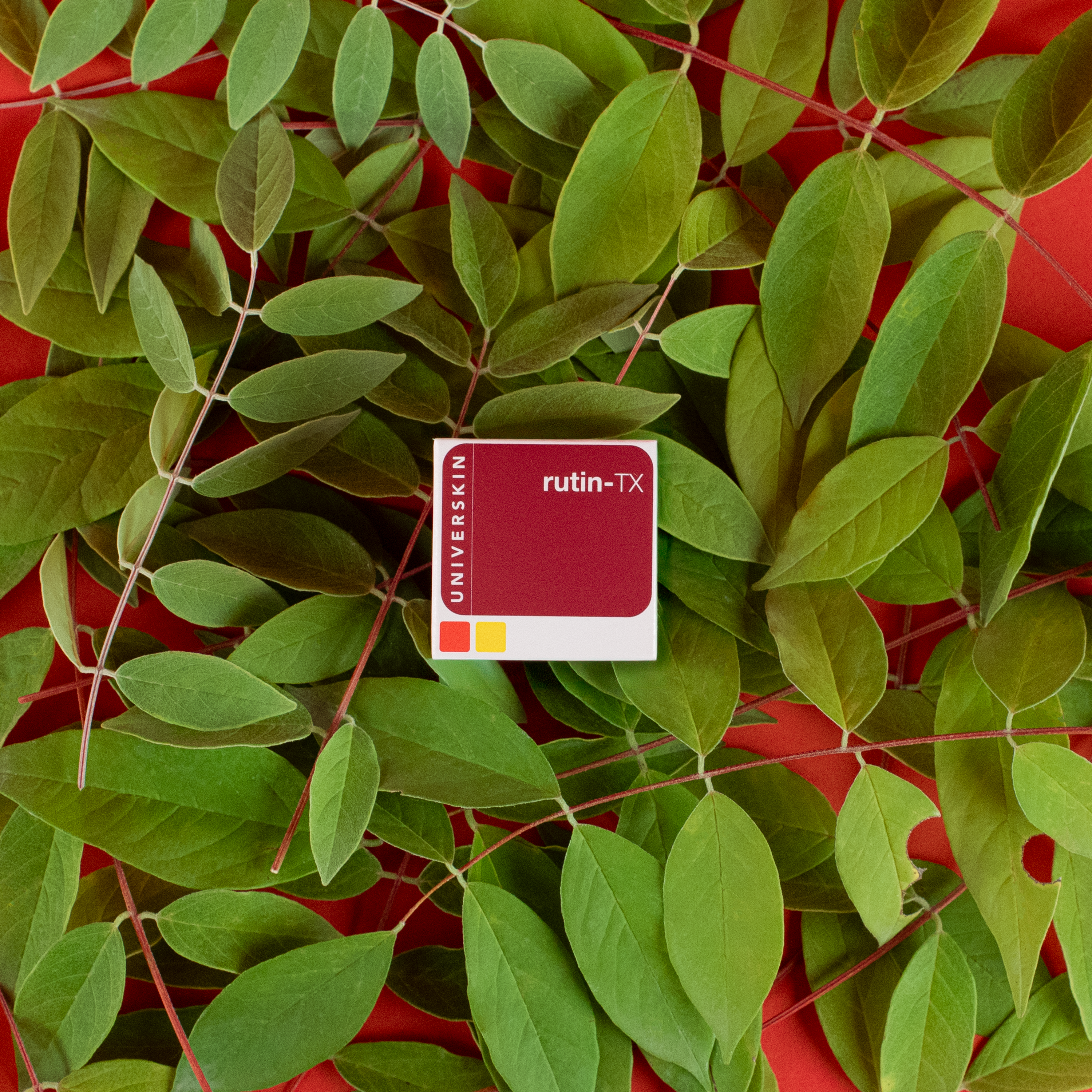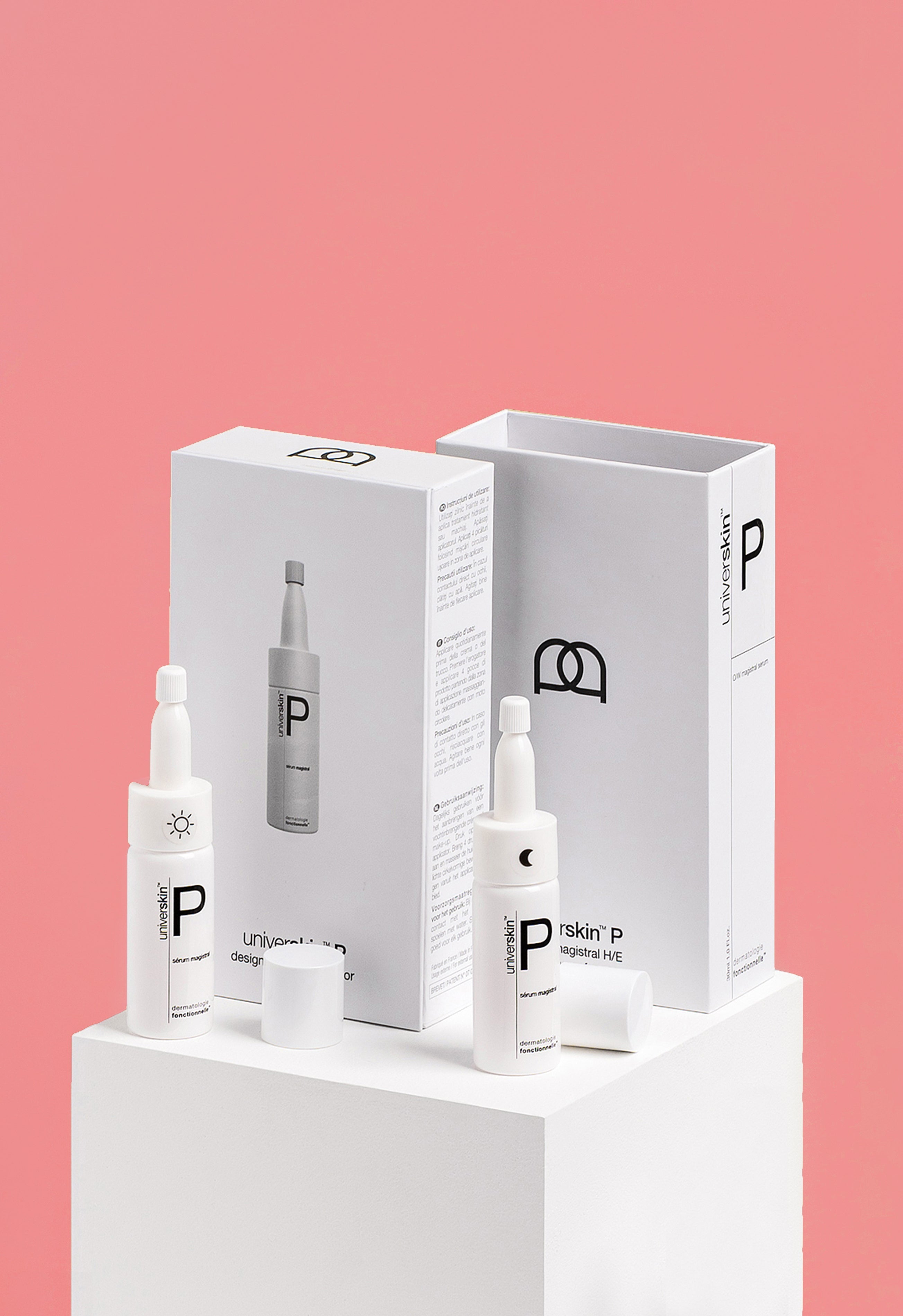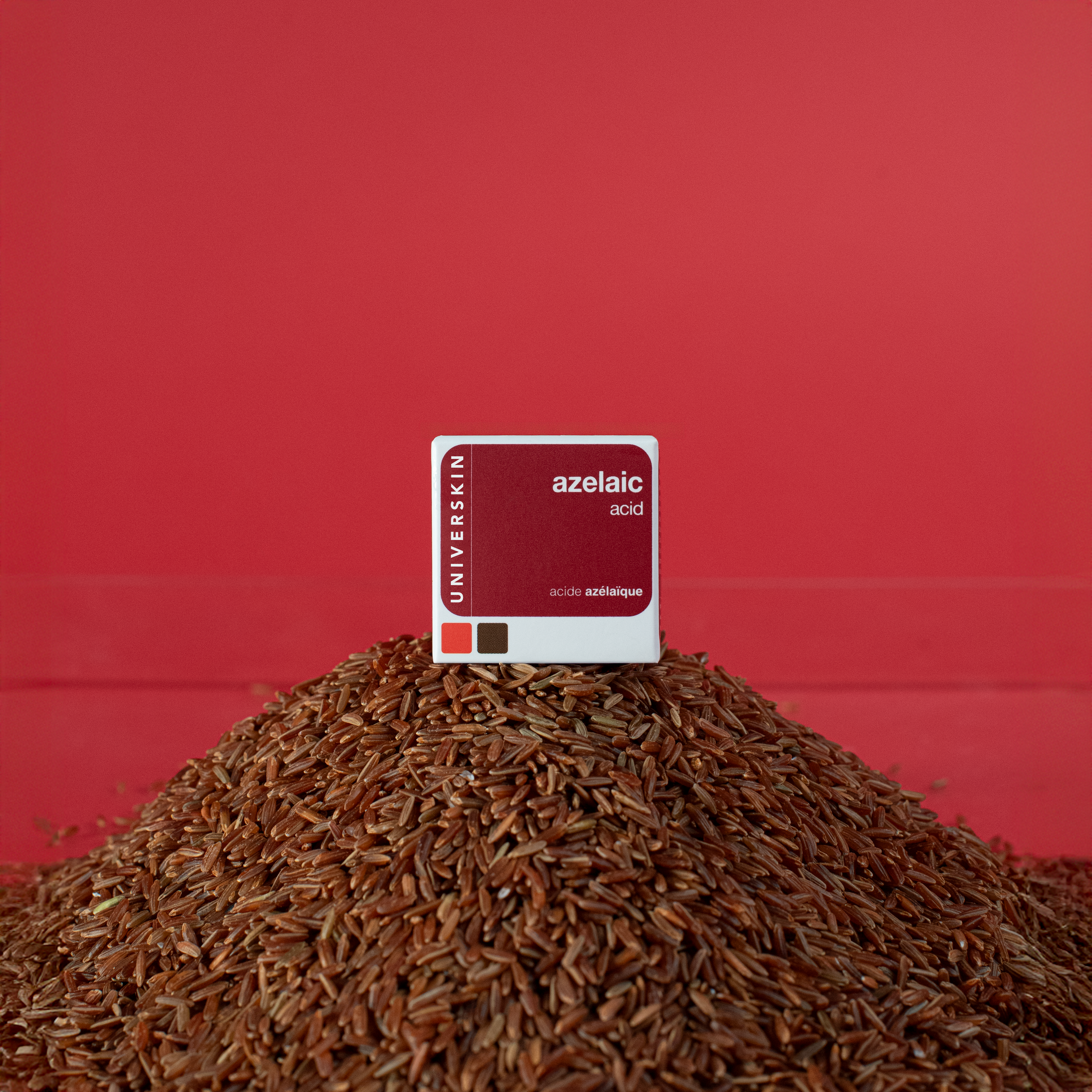
5.4% PER DOSE
AZELAIC ACID
AZELAIC ACID
Azelaic acid is a highly effective and versatile ingredient found in many skincare products. It is naturally found in the plant environment and can be produced on the surface of healthy skin by Malassezia furfur. When used topically, azelaic acid has been shown to be beneficial in treating a wide range of skin concerns, including acne, rosacea and post-inflammatory hyperpigmentation.
Concentration
The concentration of Azelaic Acid in cosmetics typically ranges from around 10% while higher strengths are generally used in prescription topical products.
Who Should Use It
Azelaic Acid is right for practically everyone, great for oily and combination skins. It may be a good alternative for anyone whose skin is not compatible with stronger actives against acne, rosacea, or post-inflammatory hyperpigmentation. Azelaic acid should be applied with care on sensitive skin, on the eye contour, and around the lips. Topical azelaic acid is well tolerated in comparison with standard topical anti-acne agents.
Azelaic Acid can be used by pregnant or breastfeeding women, but Universkin recommends checking with an obstetrician-gynecologist before incorporating azelaic acid into a skincare regimen. Unlike other anti-acne actives, azelaic acid does not bleach clothing or towels. Unlike other acids, azelaic acid does not make the skin sensitive to the sun.

Can Be Used In Combination With
Azelaic Acid can be used in combination with other active ingredients such as Niacinamide (Niacinamide), Arbutin, and Superoxide Dismutase (SOD) to enhance its effectiveness. When used in combination with these ingredients, Azelaic Acid can help to reduce the appearance of acne, rosacea, and PIH, while also brightening the skin and improving its overall texture and tone.
How Often Can You Use It
Azelaic Acid should be used as part of the skincare regime. It’s most often used once a day in the evening and can be used in the morning or evening.
Don't Use It If
Azelaic acid should be used with care on thin, supersensitive, reactive, or irritated skin. It may be better to do a patch test on a small skin area in the elbow grease, before committing to azelaic acid.
Azelaic acid is not effective on freckles and age spots.
Universkin does not recommend layering azelaic acid with Alpha or Beta Hydroxy Acids as it will increase the risk of dryness and irritation.
In pregnant and breastfeeding women, it is recommended to consult a gynecologist before use.
Origins of the Ingredient

Azelaic acid is found in the plant environment, in wheat, rye, and barley for example, where it forms part of the defense system against certain pathogens. Some fungi in the normal skin flora of the genus Pityrosporum (Malassezia furfur, also known as Pityrosporum ovale), are capable of synthesizing azelaic acid. Universkin has selected a pure grade of synthetic azelaic acid.
Chemical Composition
The name azelaic acid comes from the fact that it was originally produced by the oxidation of oleic acid with nitric acid. Azelaic acid is a naturally occurring saturated dicarboxylic acid chemically known as 1,7-heptane dicarboxylic acid. Azelaic acid is a white crystalline powder.

Mechanism of Action
Azelaic acid possesses antibacterial, keratolytic, comedolytic, and anti-oxidant activity. Azelaic Acid works by reducing the formation of acne by reducing the production of sebum and inhibiting the growth of Propionibacterium acnes (P. acnes), the bacteria that is responsible for causing acne and Staphylococcus epidermidis due to its inhibitory effect on the synthesis of microbial cellular proteins. Azelaic acid also possesses a direct anti-inflammatory effect due to its scavenger activity of free oxygen radicals, helping to reduce redness and irritation associated with acne and rosacea. Azelaic acid exerts its keratolytic and comedolytic effects by reducing the thickness of the stratum corneum and decreasing the number of keratohyalin granules by reducing the amount and distribution of filaggrin in epidermal layers. It exfoliates gently, removes dead cells, and avoids clogged pores and dull skin. It has proven depigmenting activity and is effective on post-inflammatory hyperpigmentation from acne breakouts and in darker skin.
Benefits
Azelaic acid is a multi-functional ingredient that provides numerous benefits for the skin. It is a highly effective ingredient against pimples and blemishes in acne-prone skin, as it has antibacterial properties that help to eliminate the bacteria that cause these conditions. This active ingredient also helps to reduce redness and inflammation associated with cutaneous eruptions and is known to be particularly effective in reducing hyperpigmentation. In addition to its antibacterial properties, azelaic acid has been shown to regulate the production of sebum and gently exfoliate the skin, making it a great choice for those with oily and dull skin.
Stability
Azelaic acid is a highly stable ingredient that is resistant to oxidation and degradation, making it a reliable and long-lasting ingredient for use in skincare products. It is poorly soluble in water and can be supplied in suspension.
In conclusion, azelaic acid is a highly effective and versatile ingredient that offers numerous benefits for the skin. Whether you're looking to address acne or rosacea, improve the appearance of hyperpigmented skin, or enhance your skin's natural protective barrier, azelaic acid is a valuable addition to your skincare routine.
Featured collection


